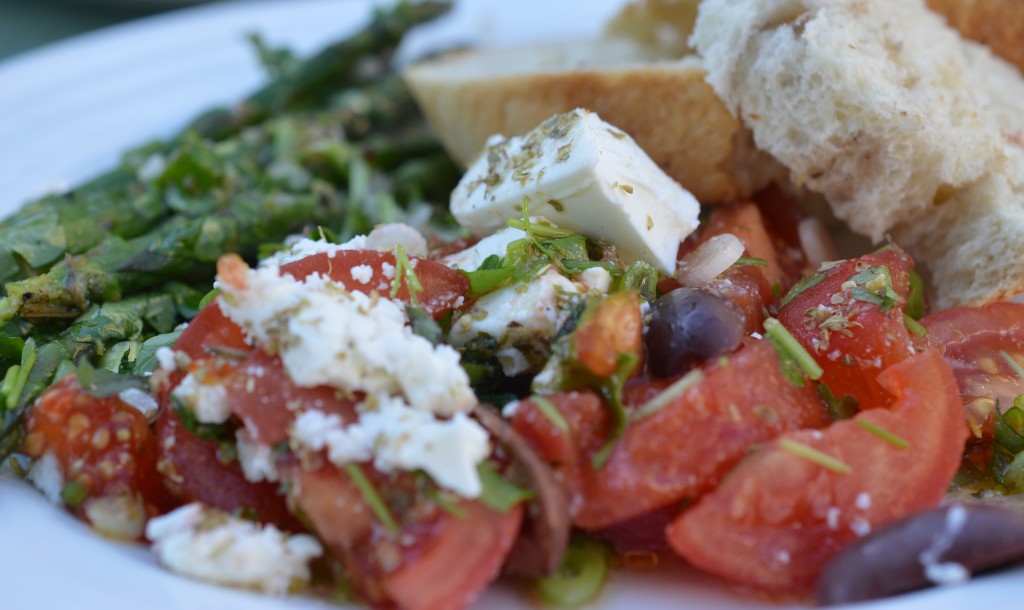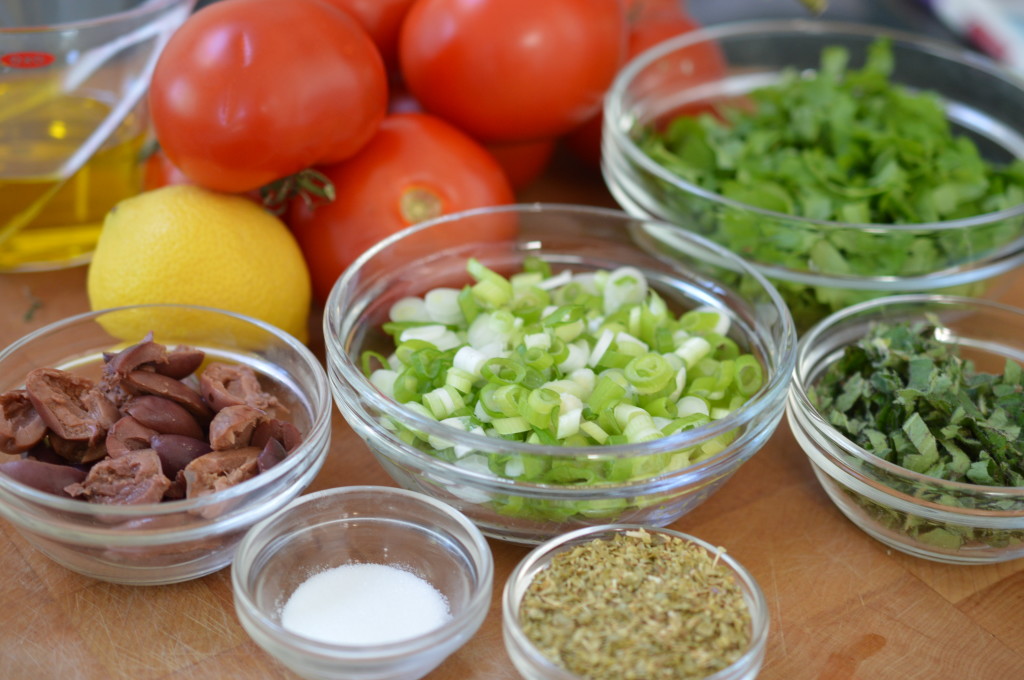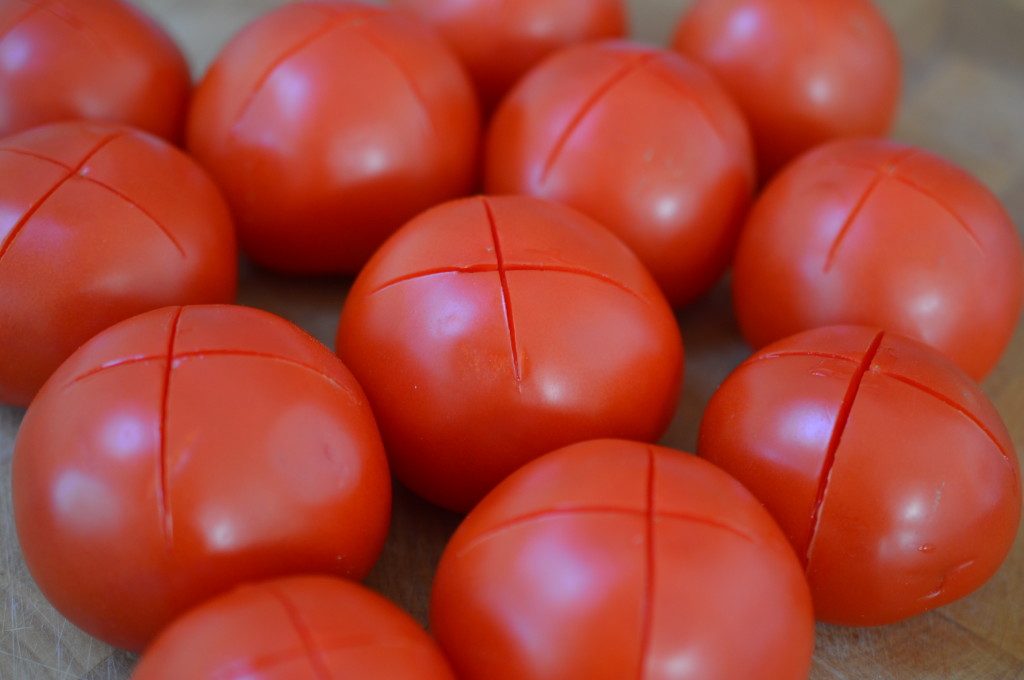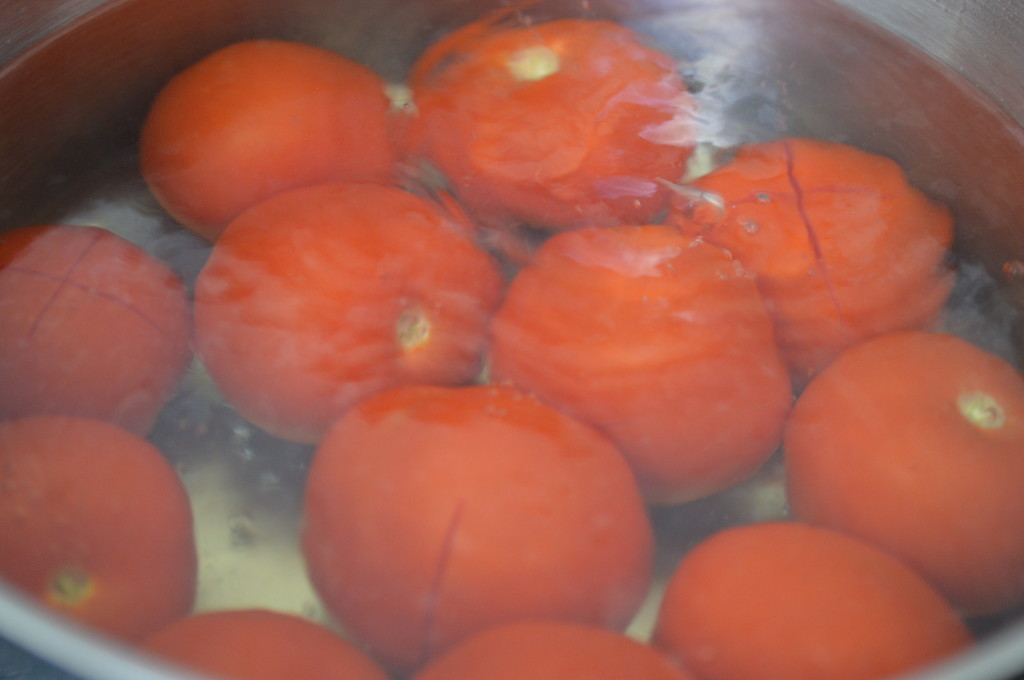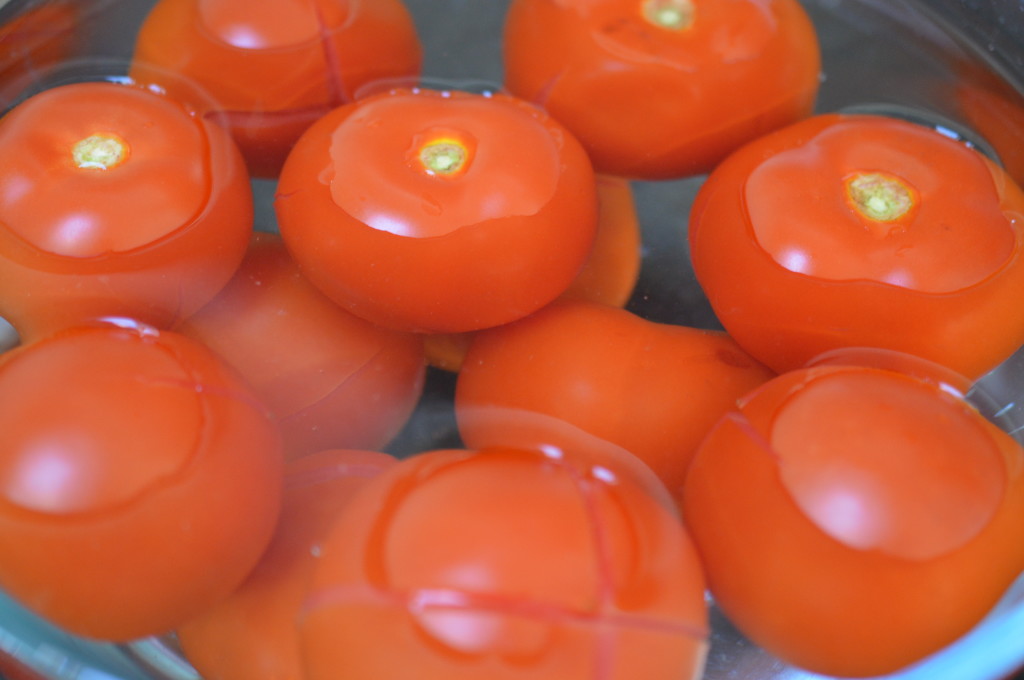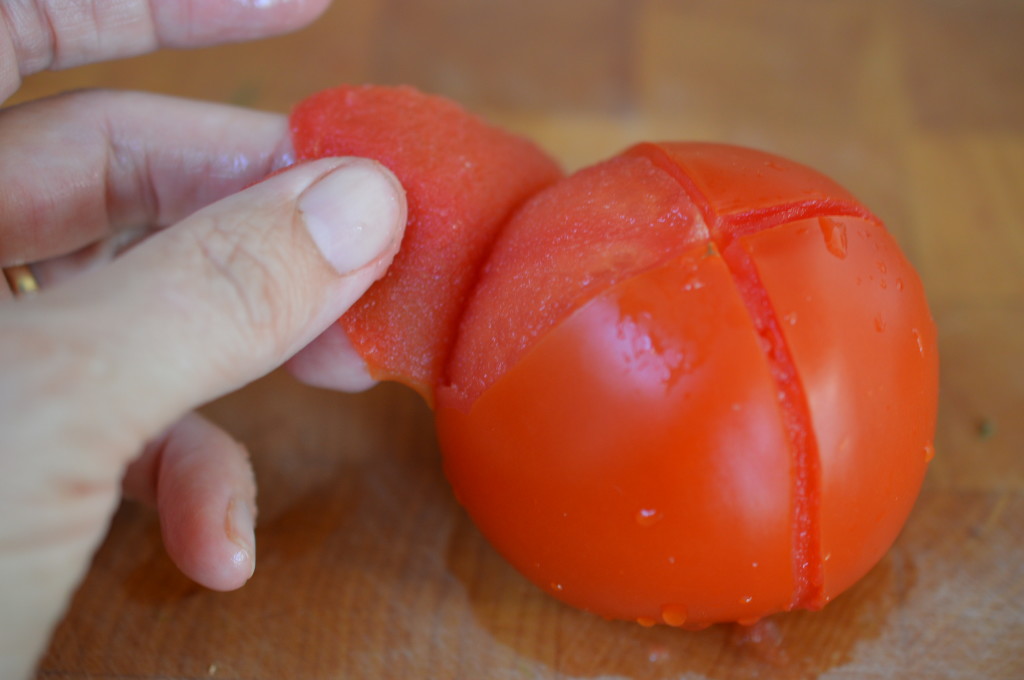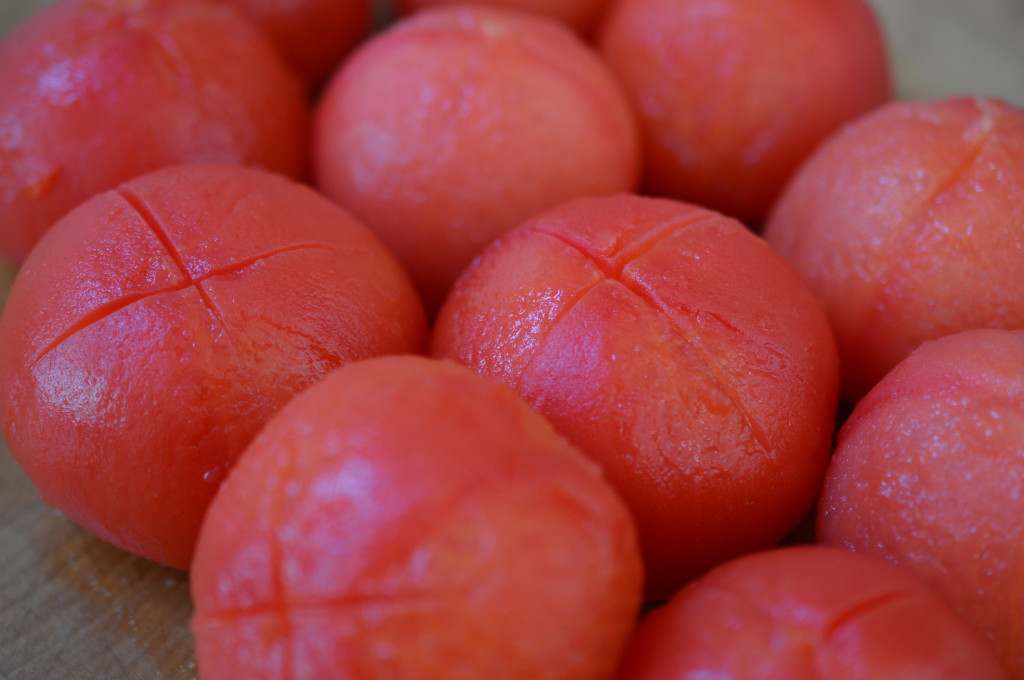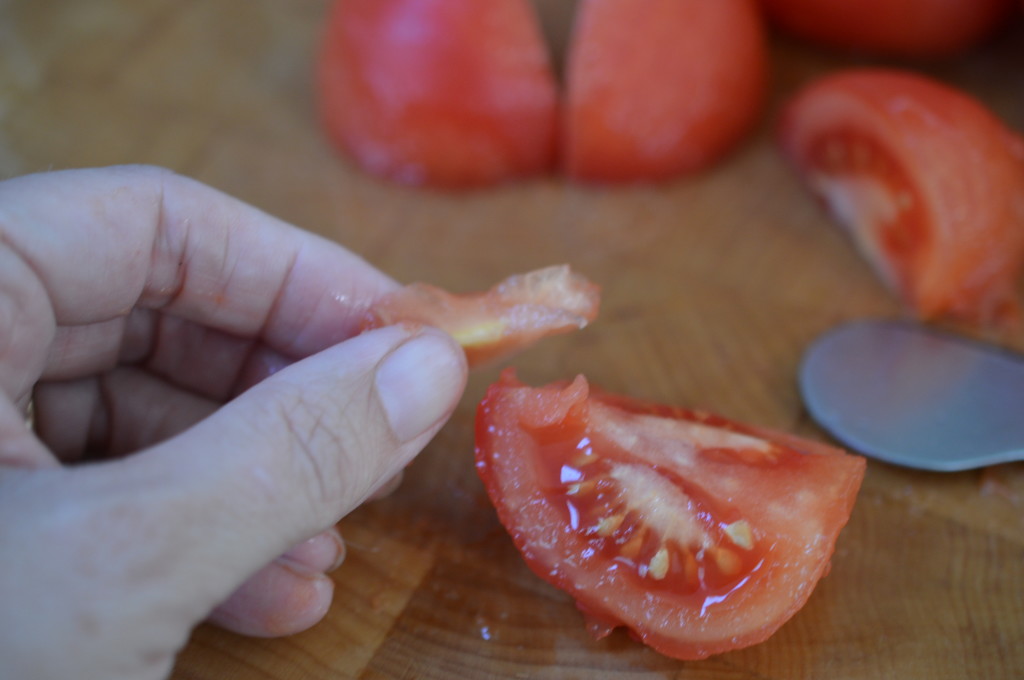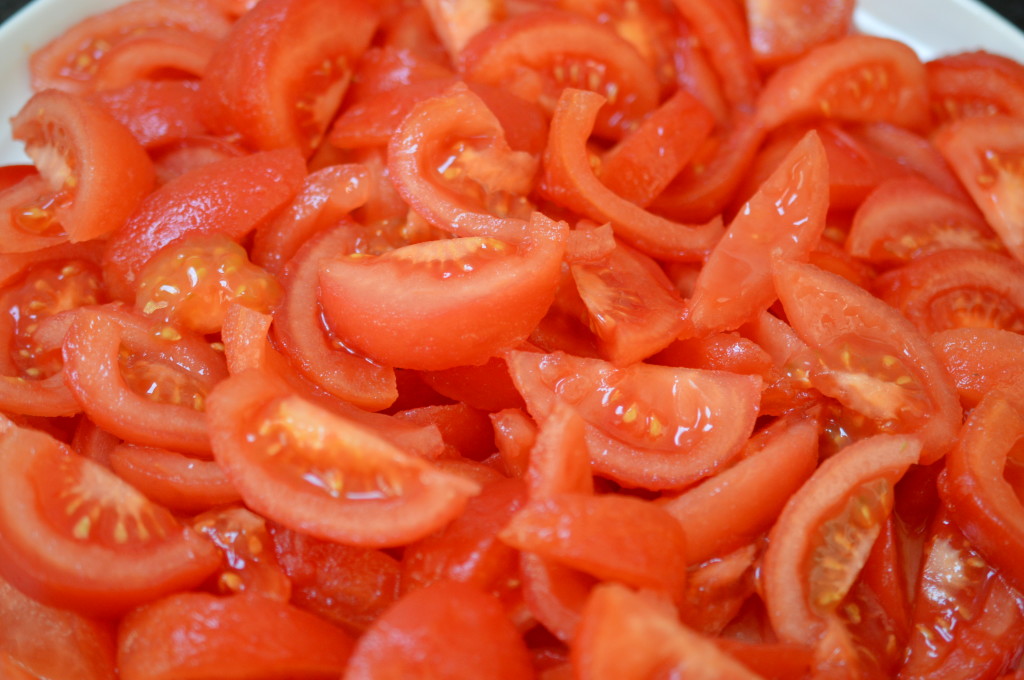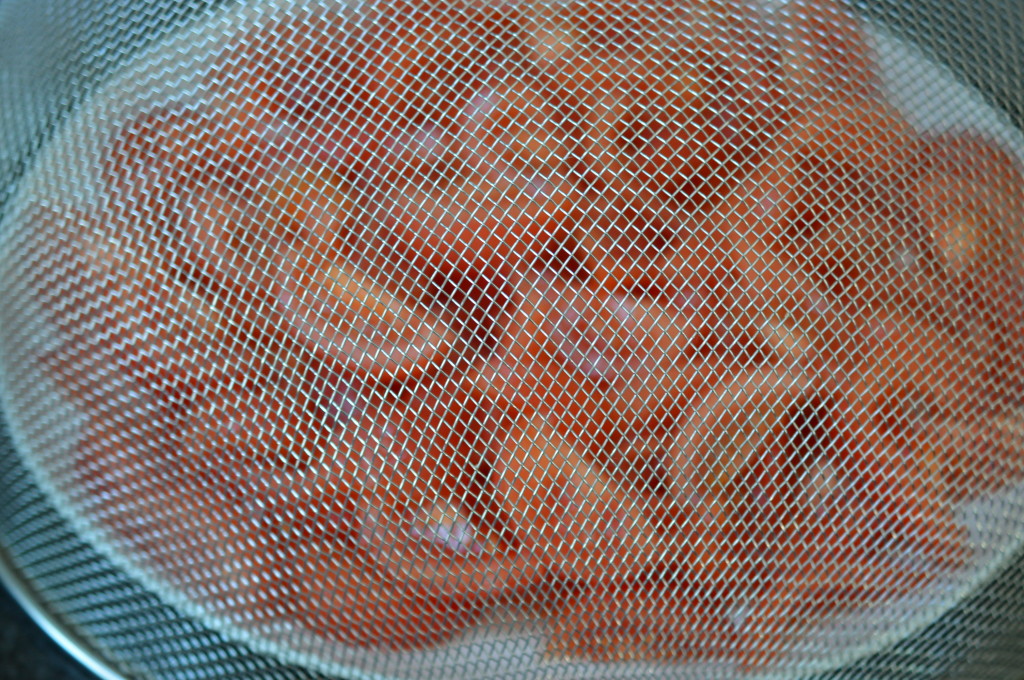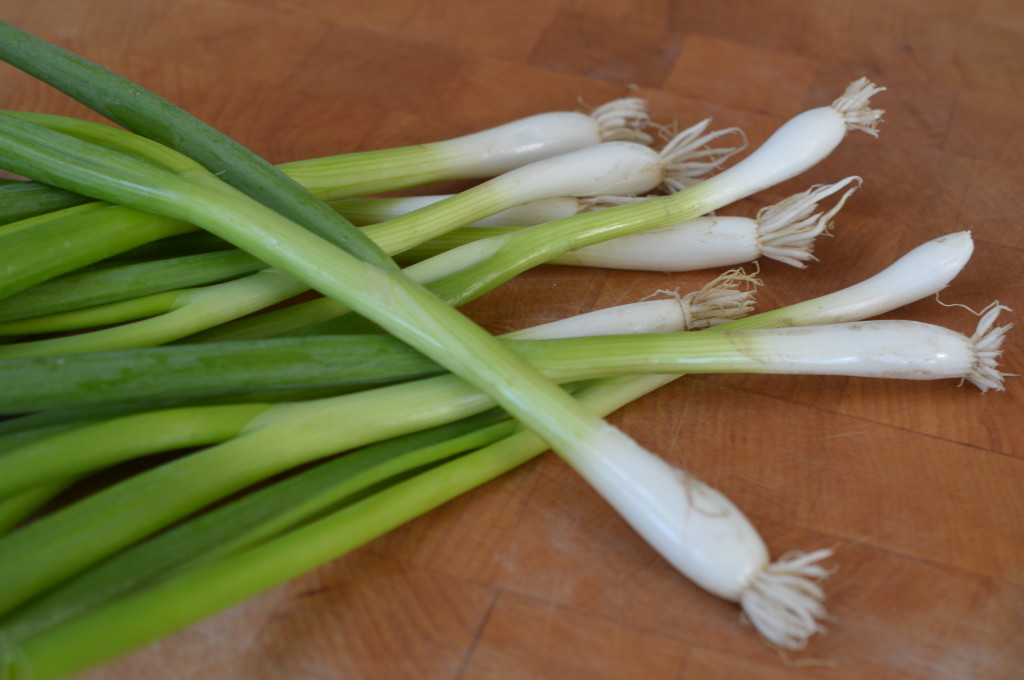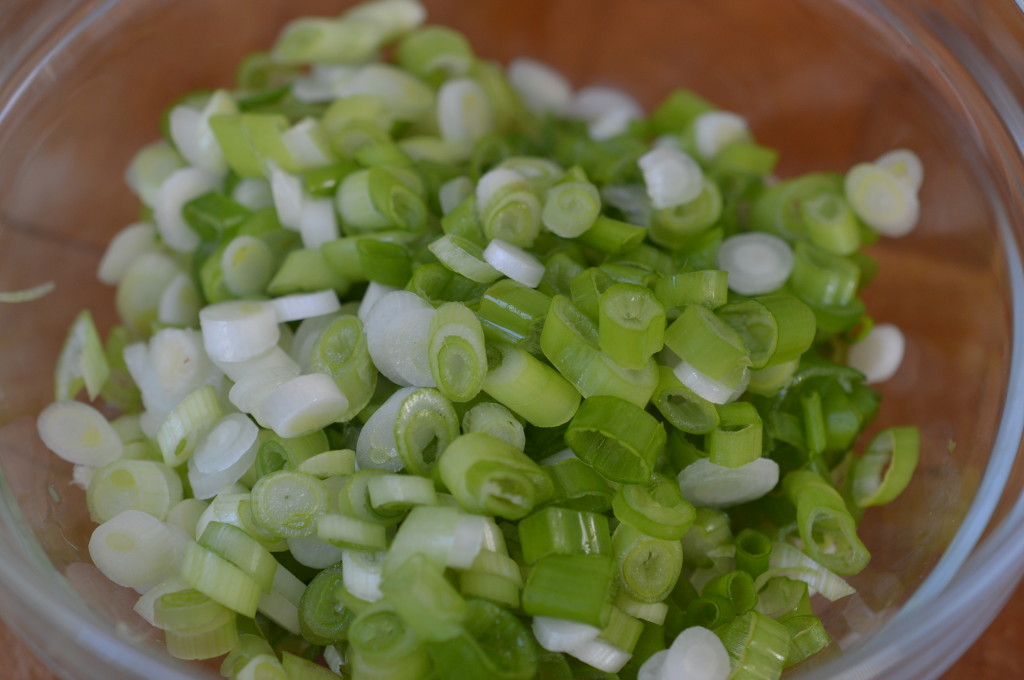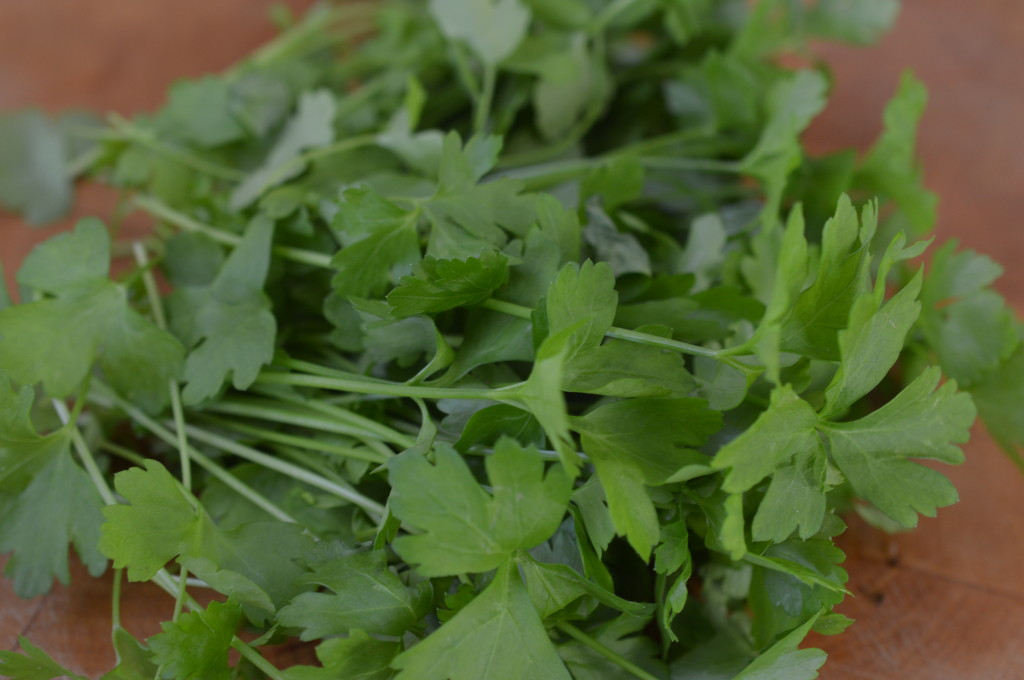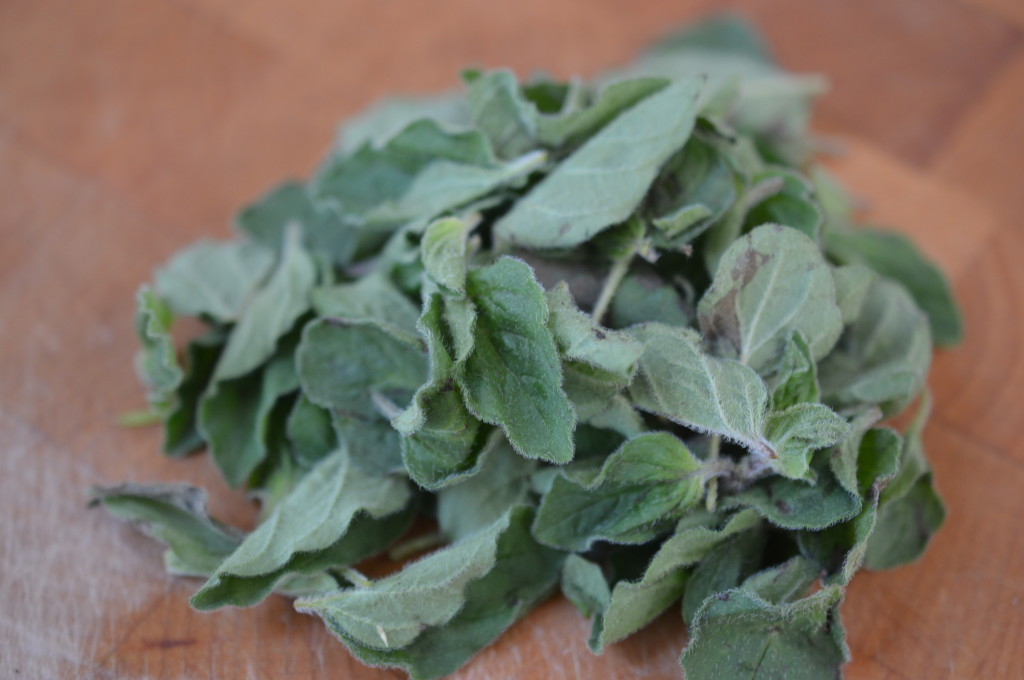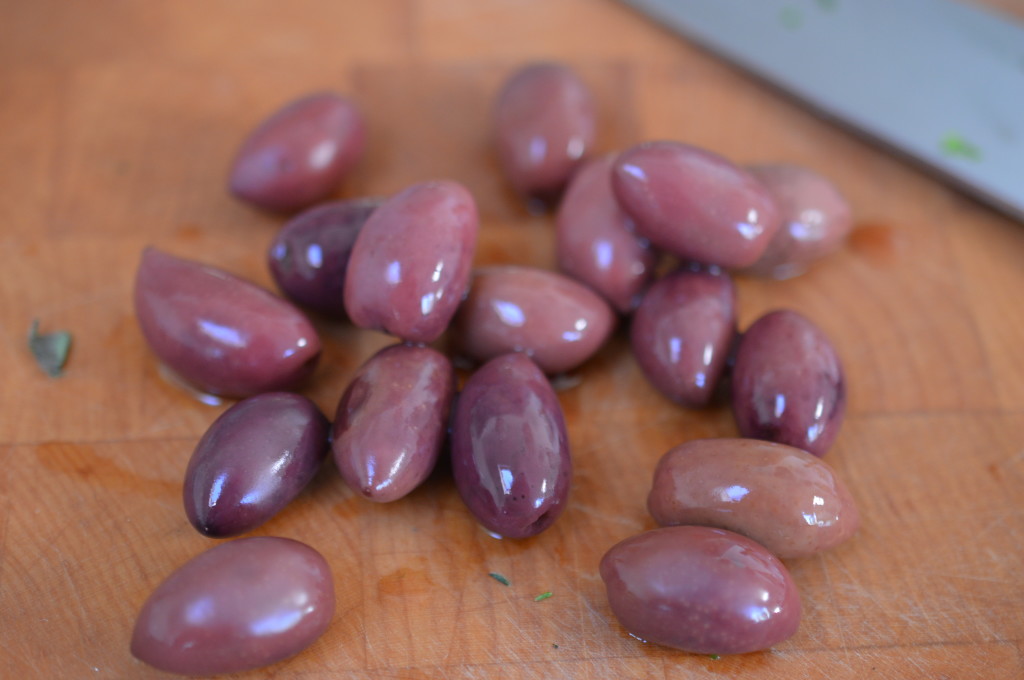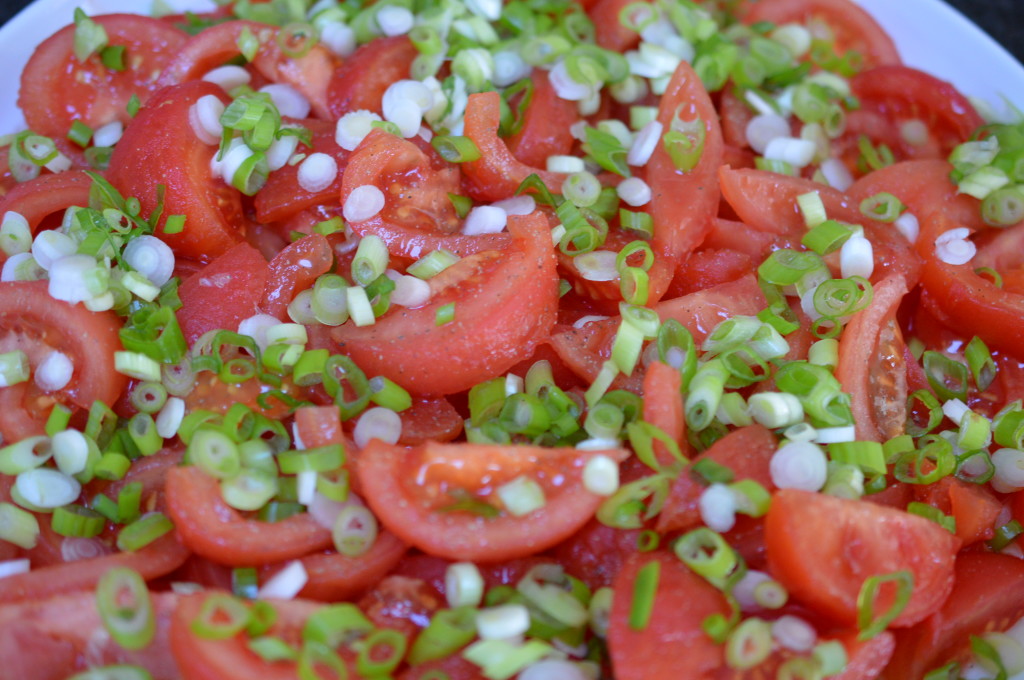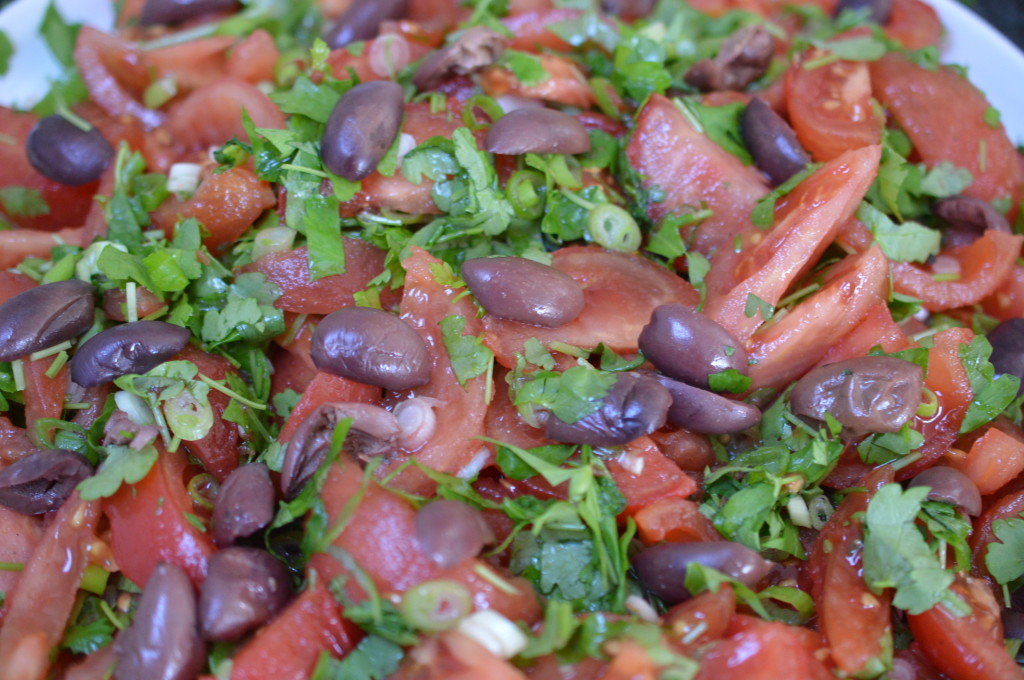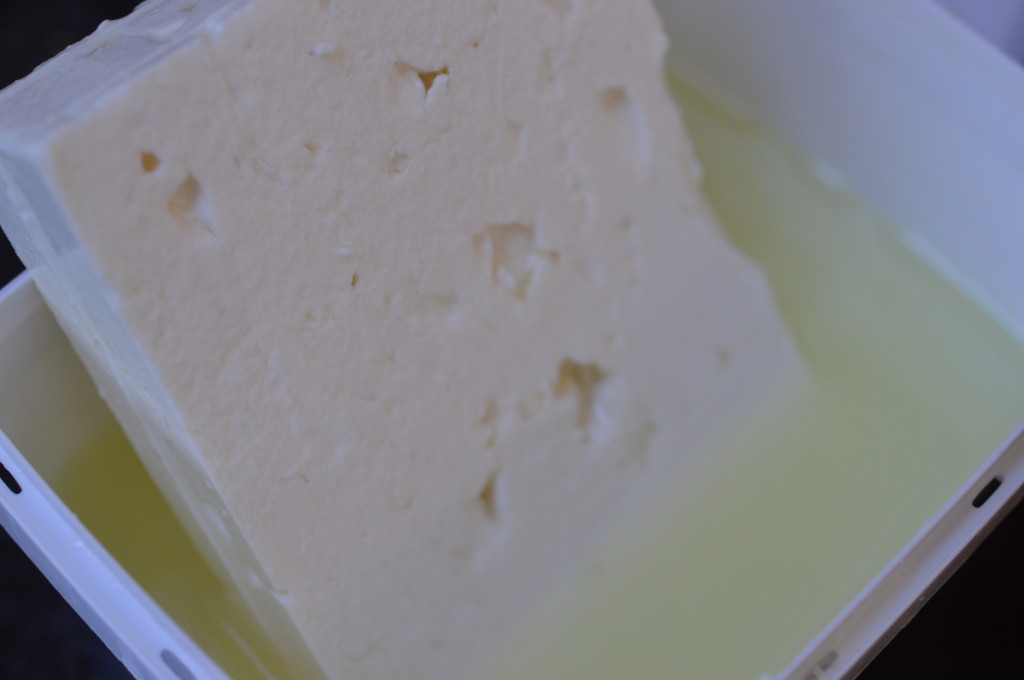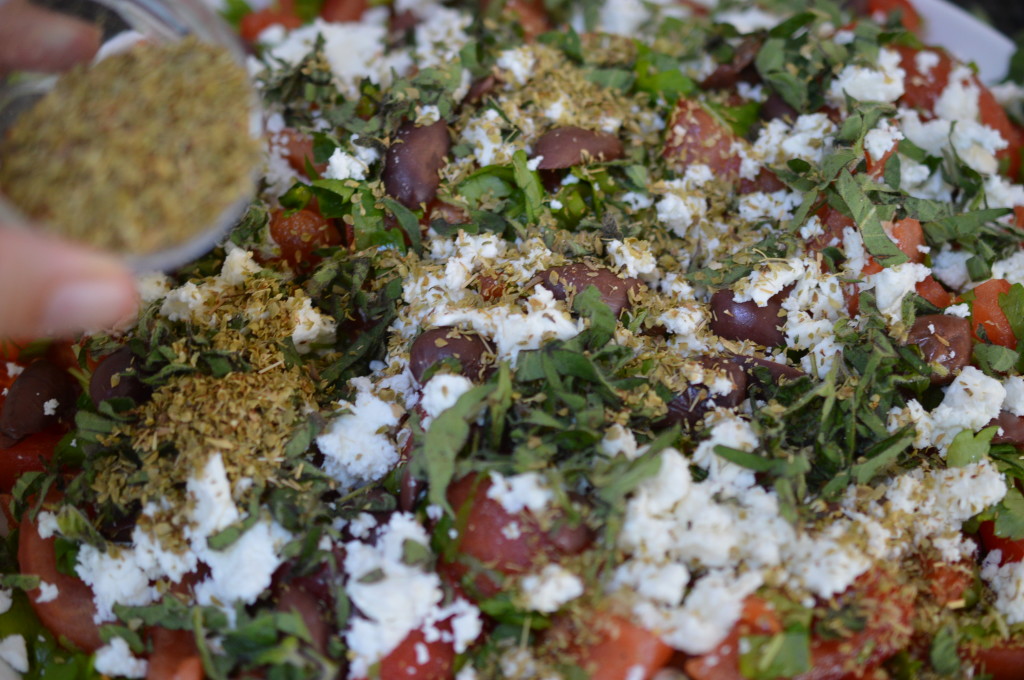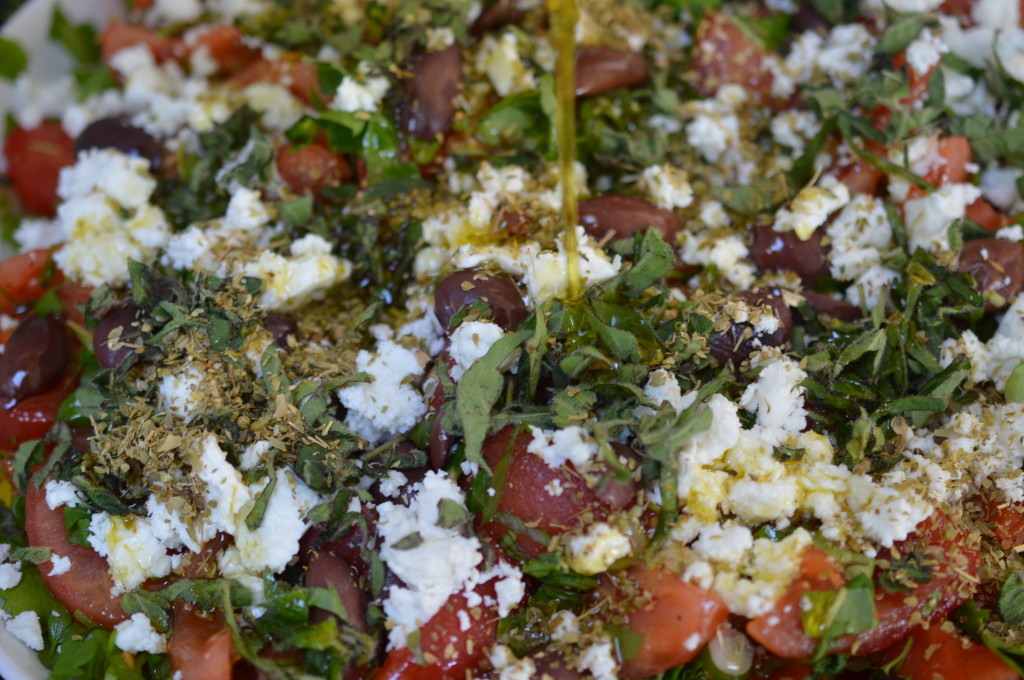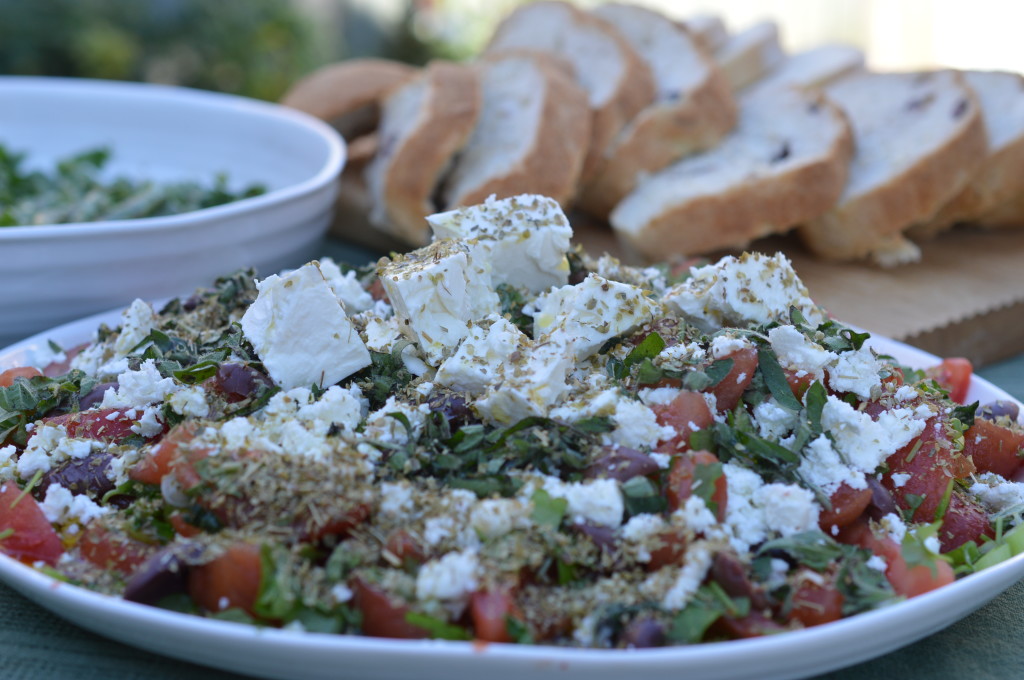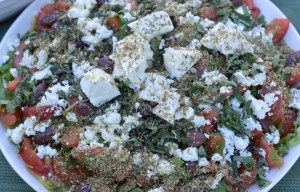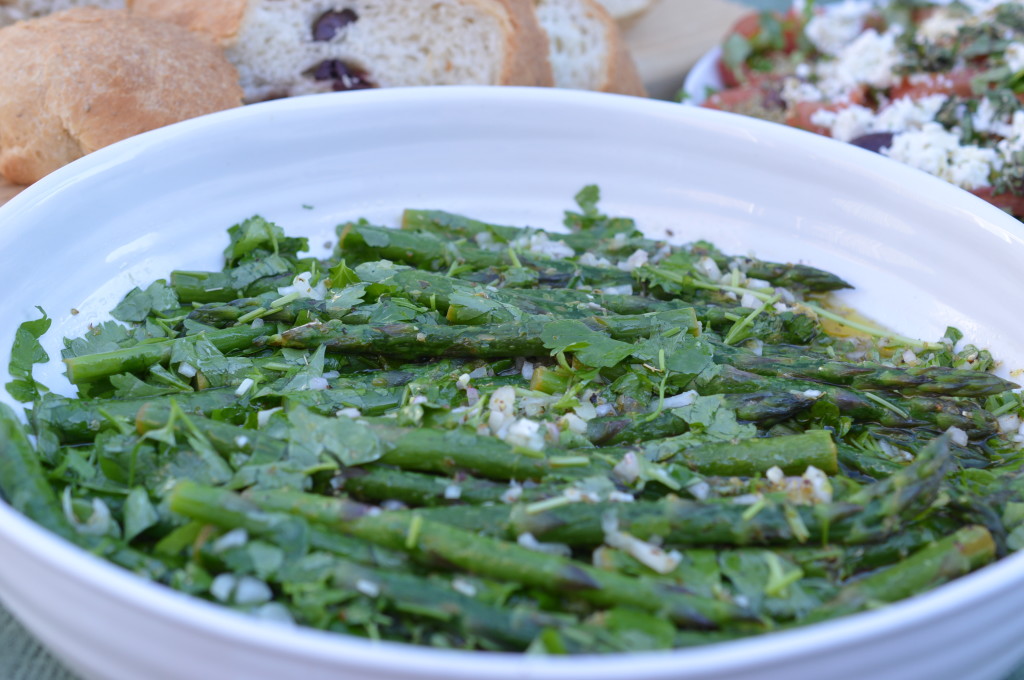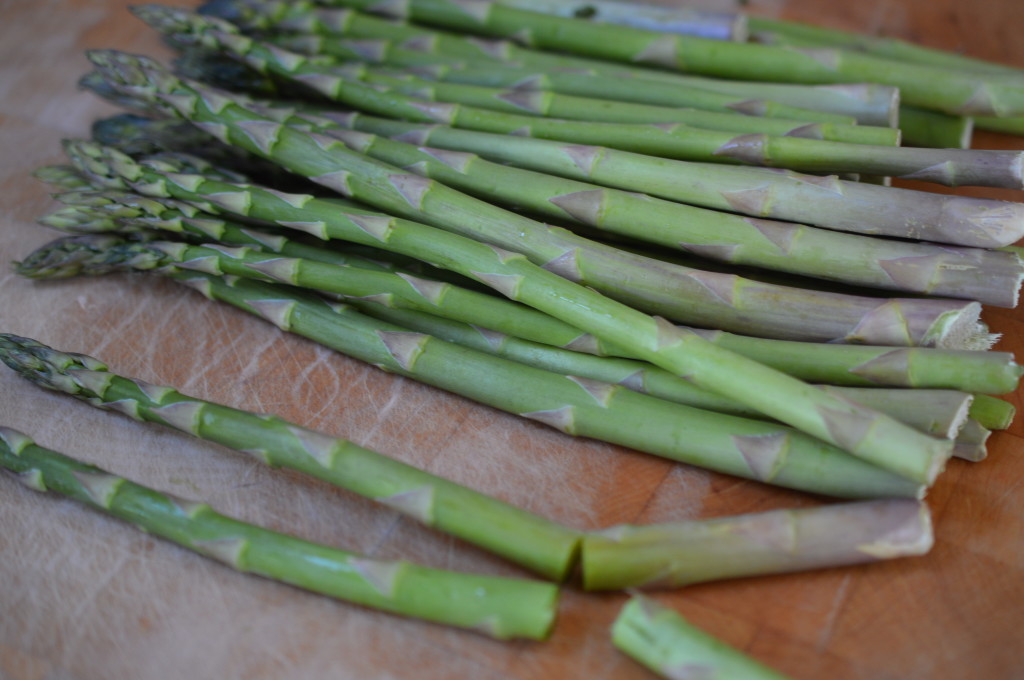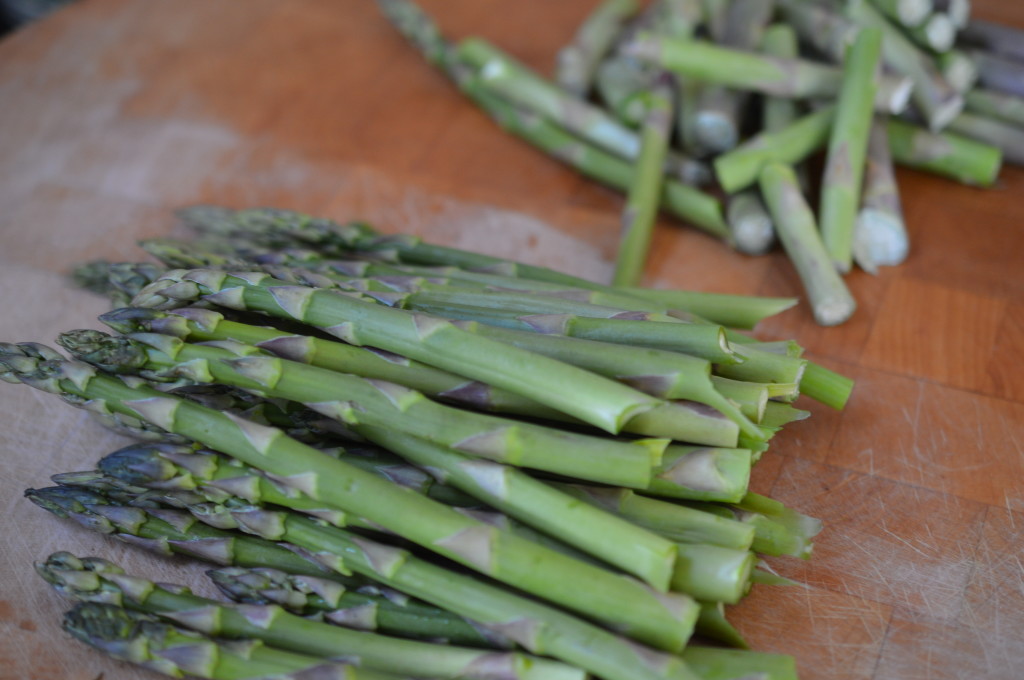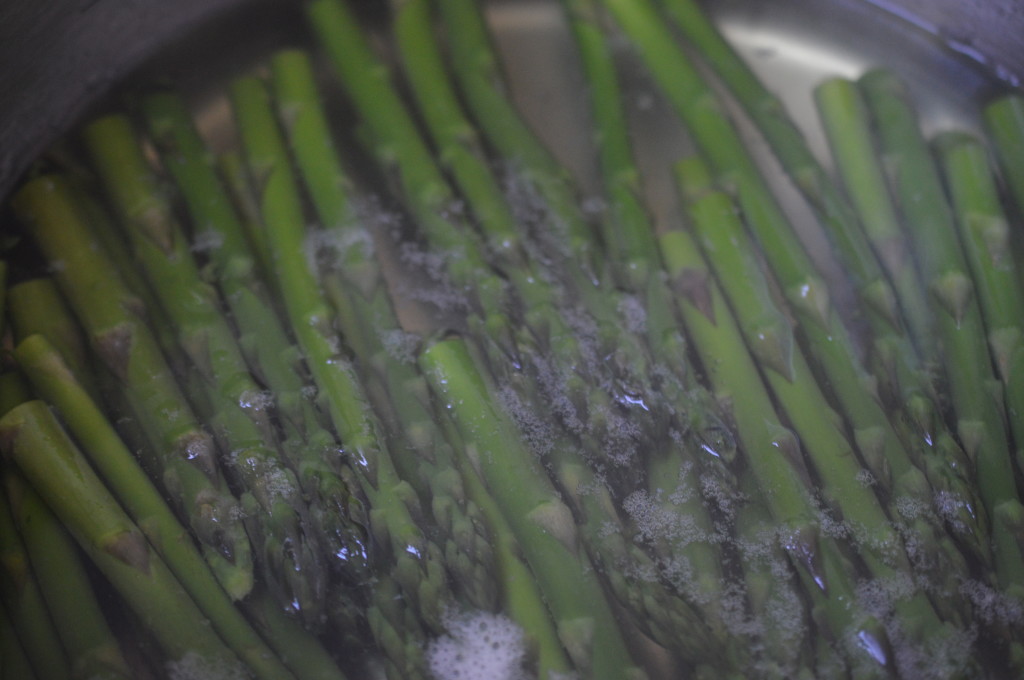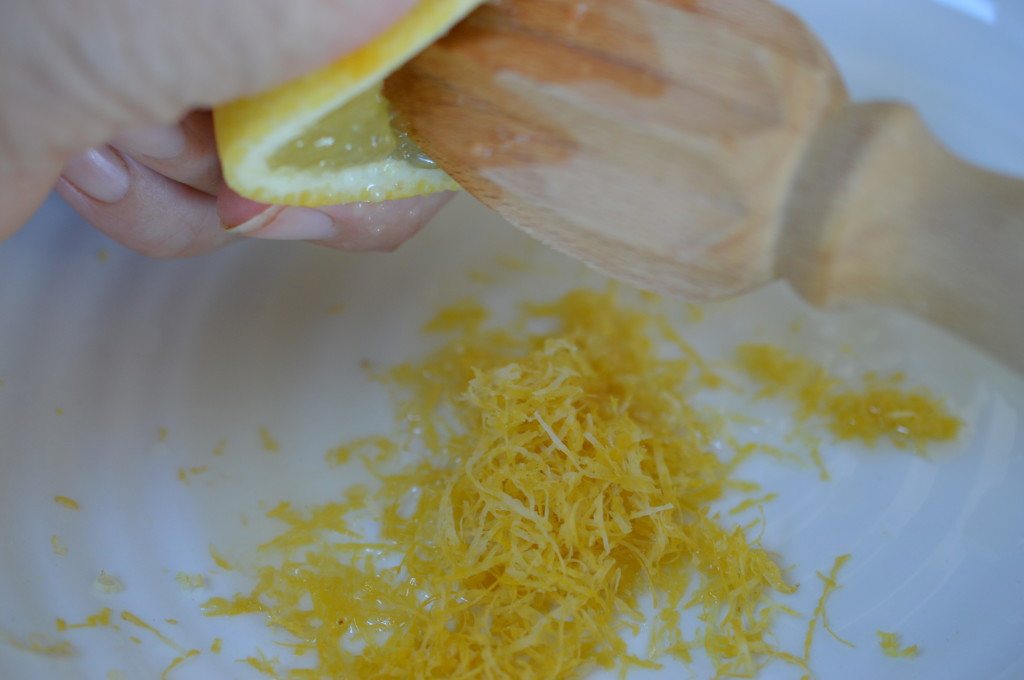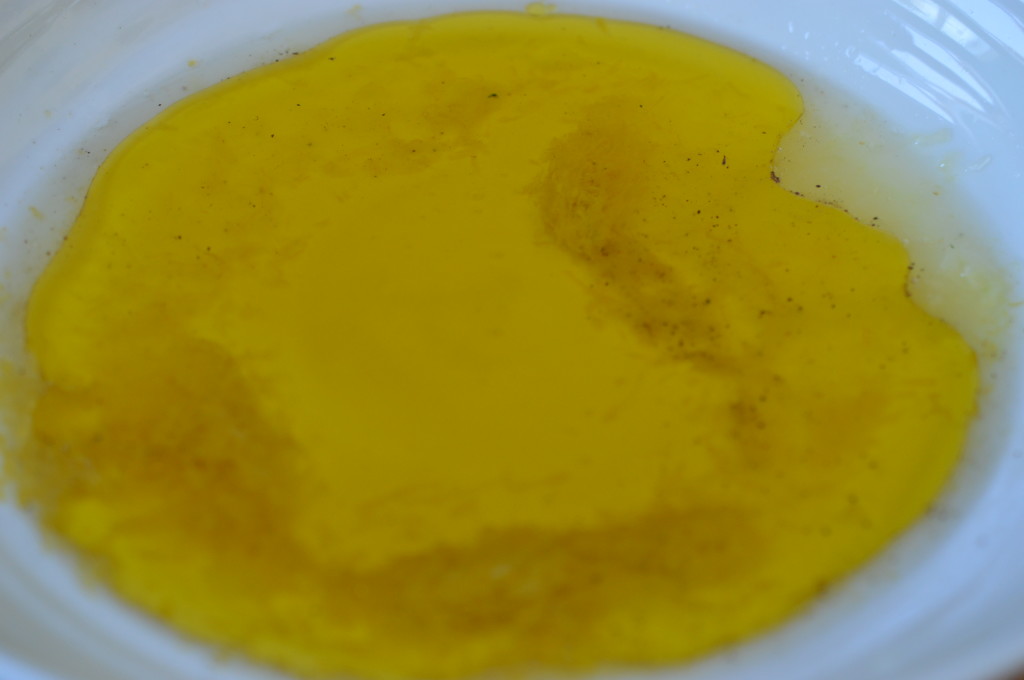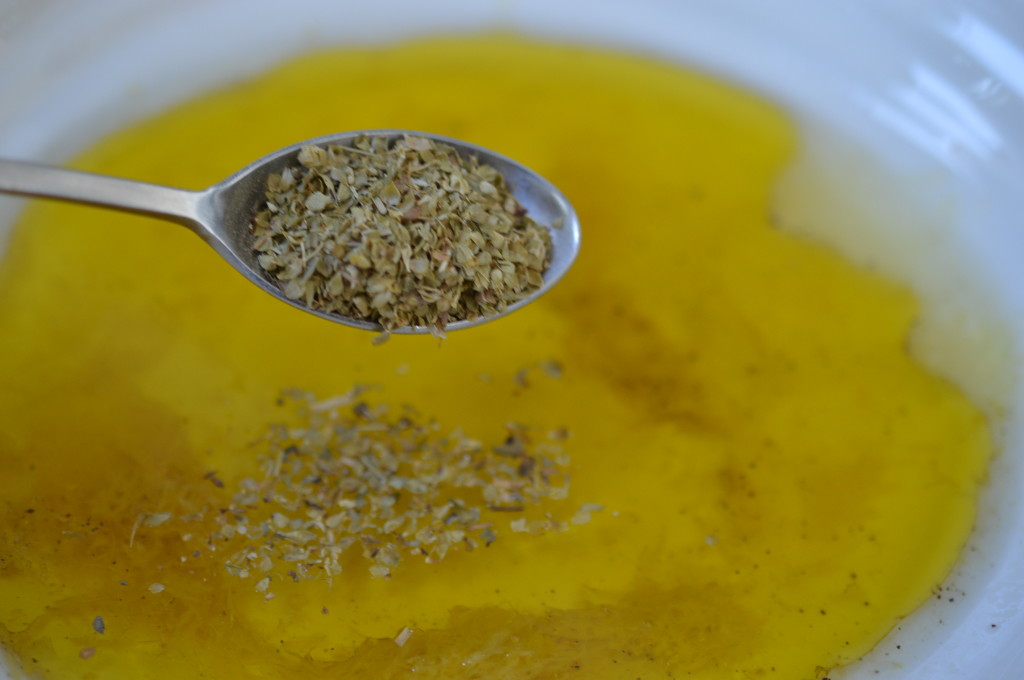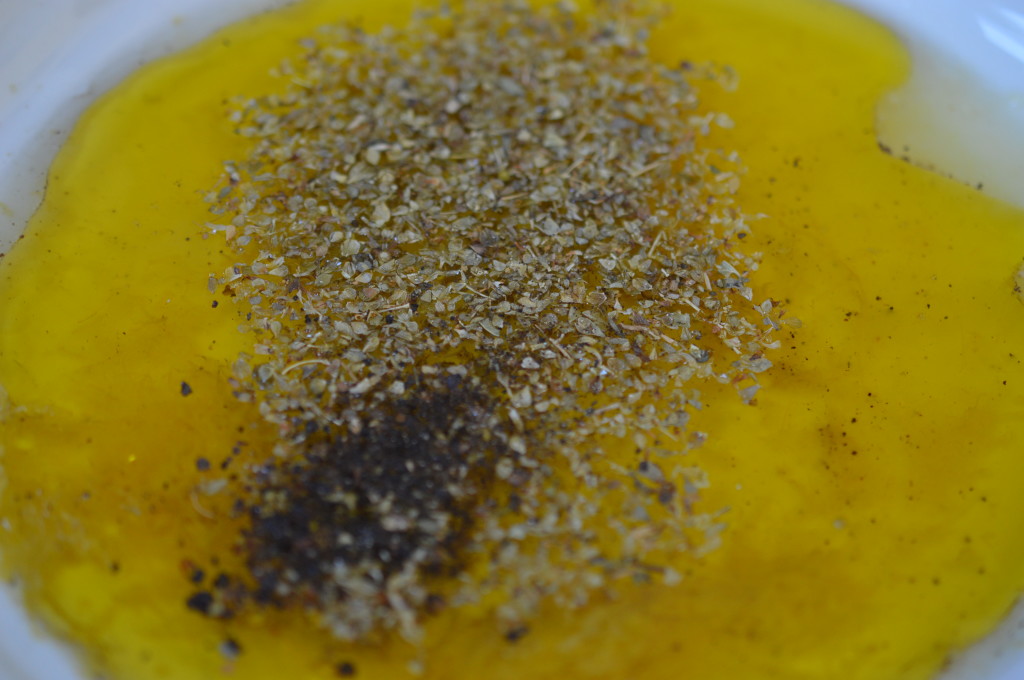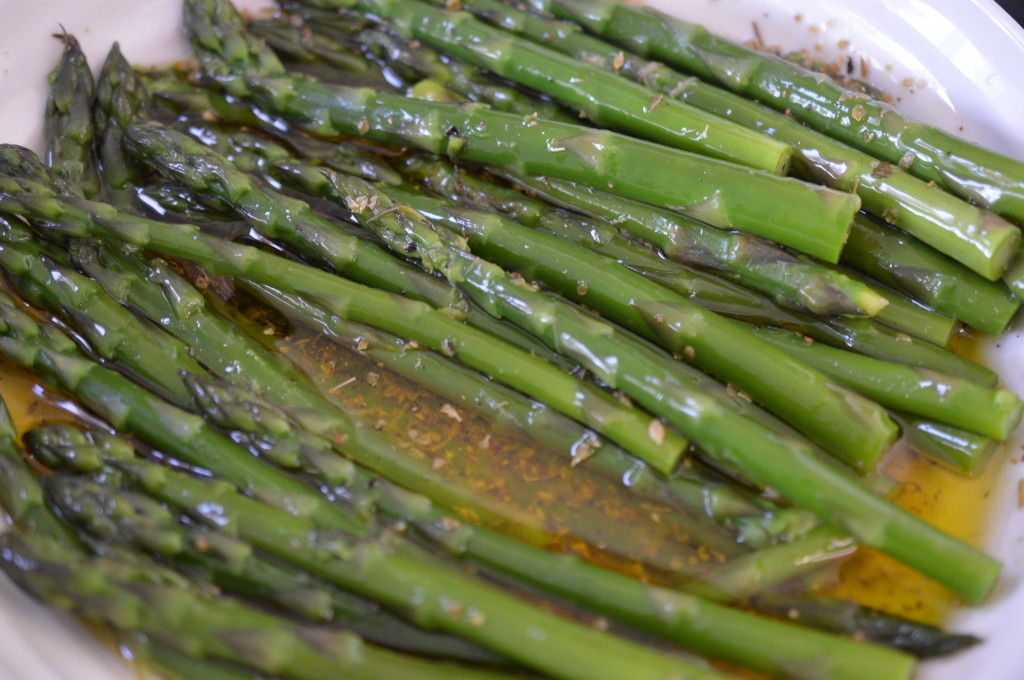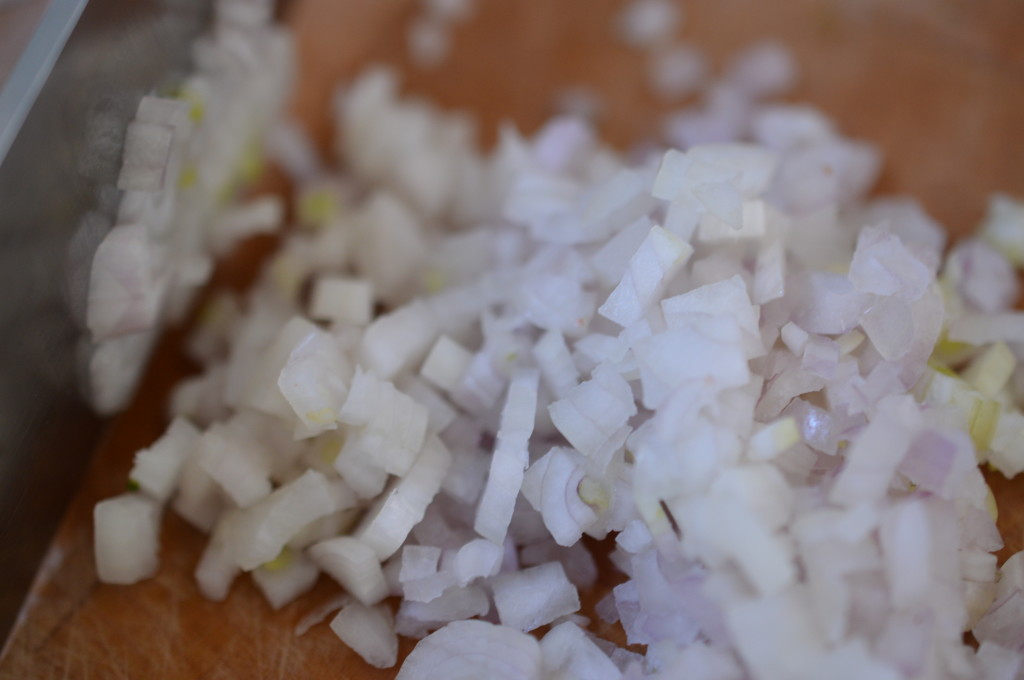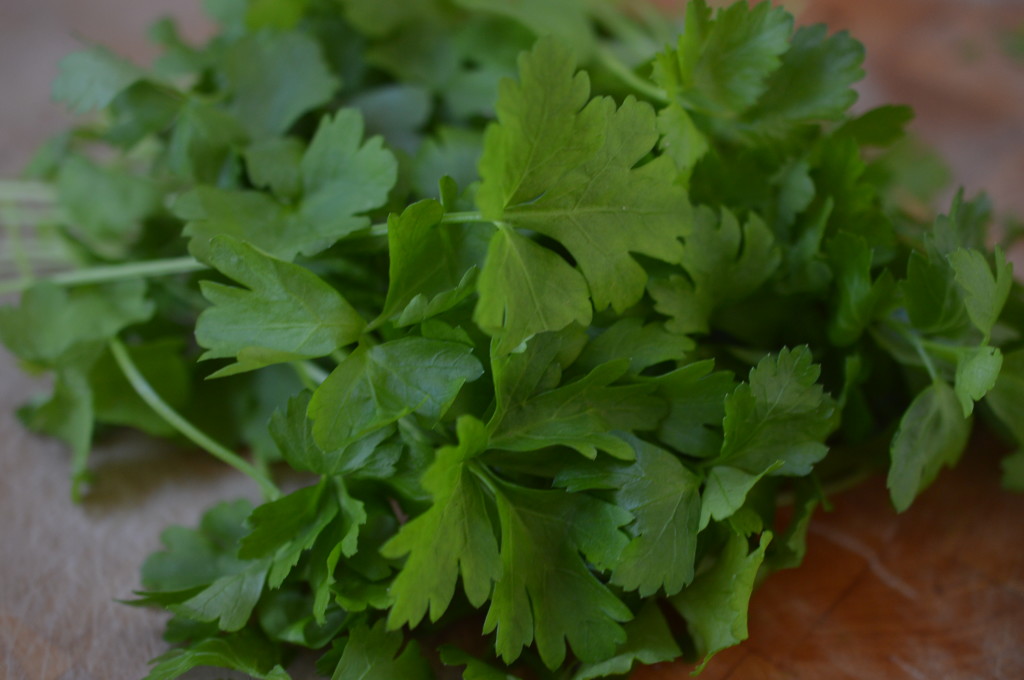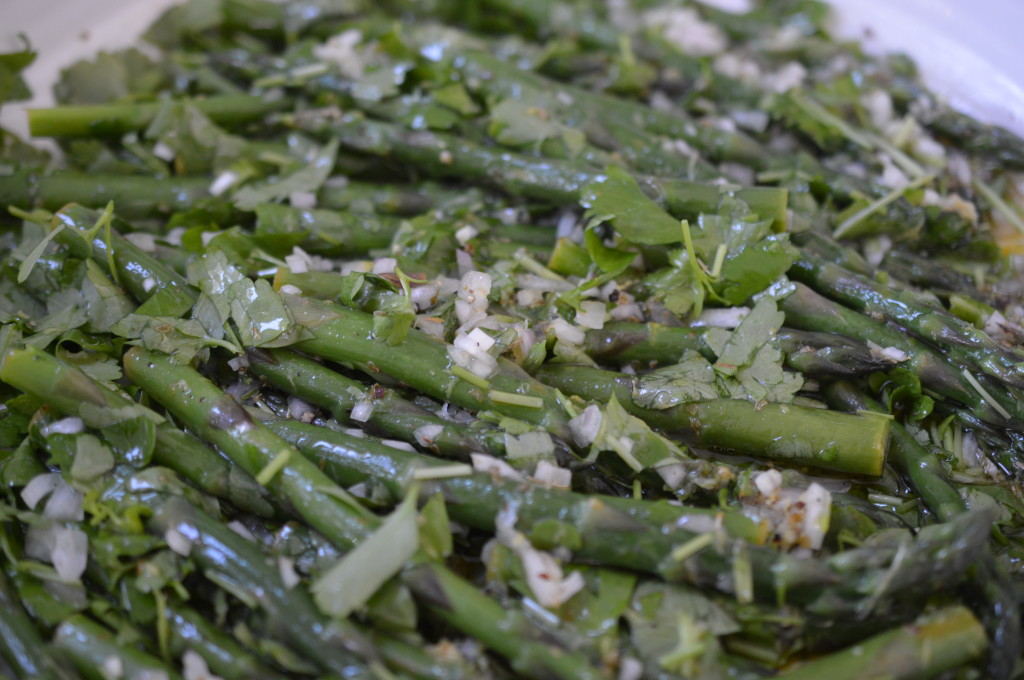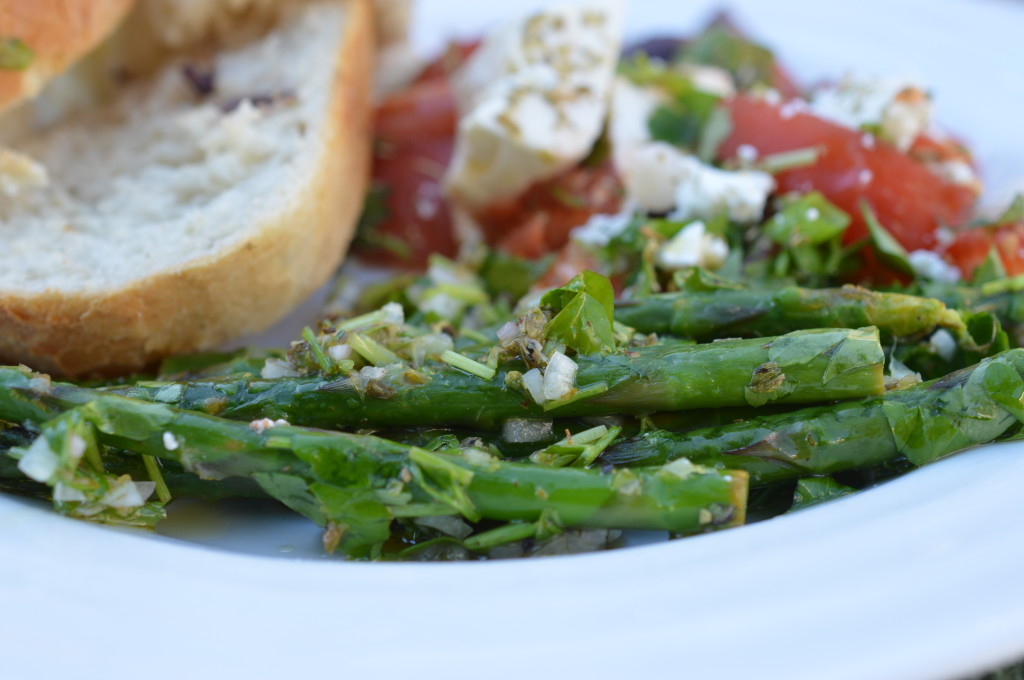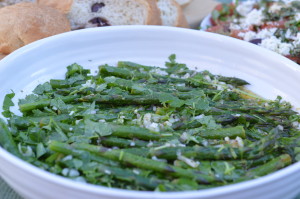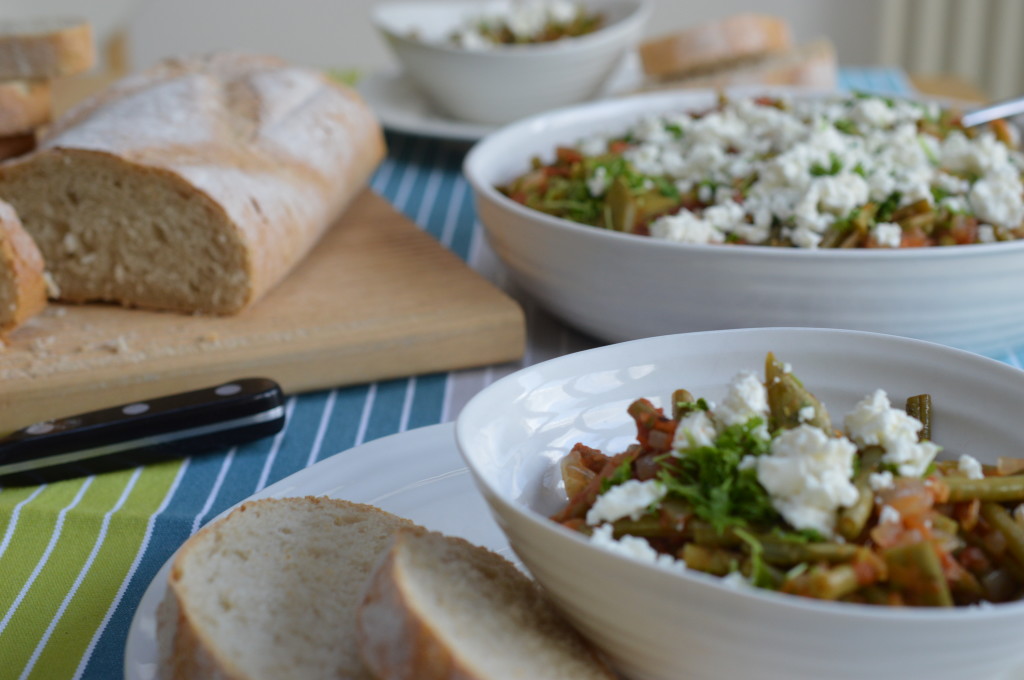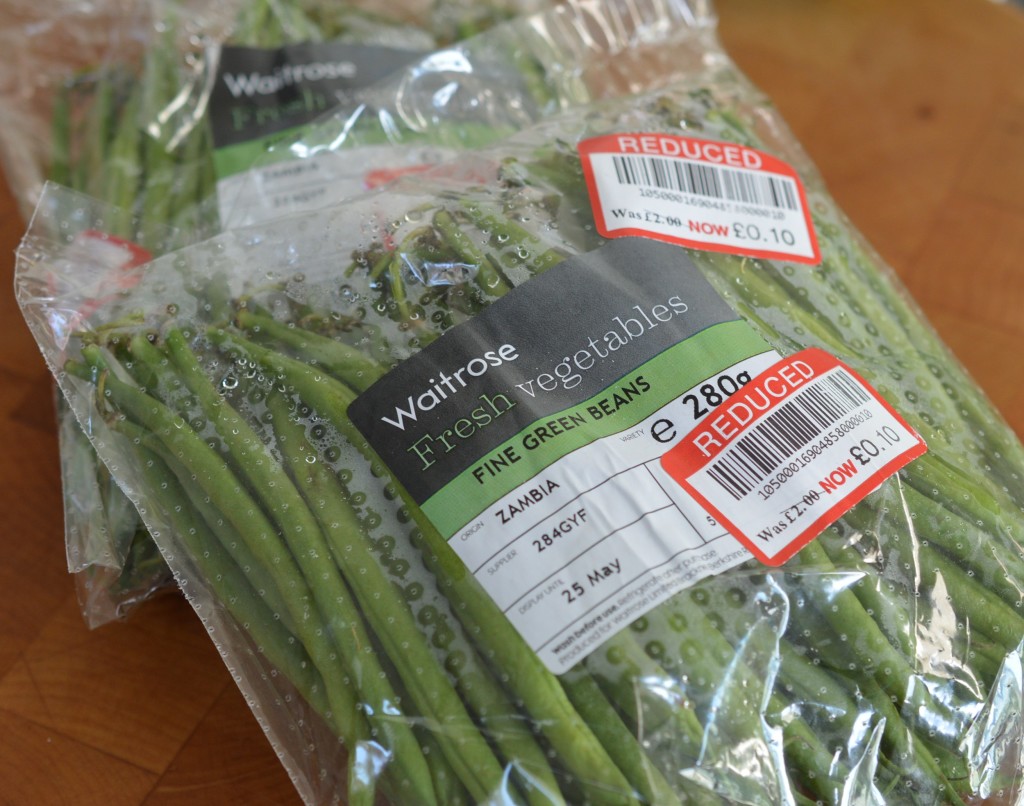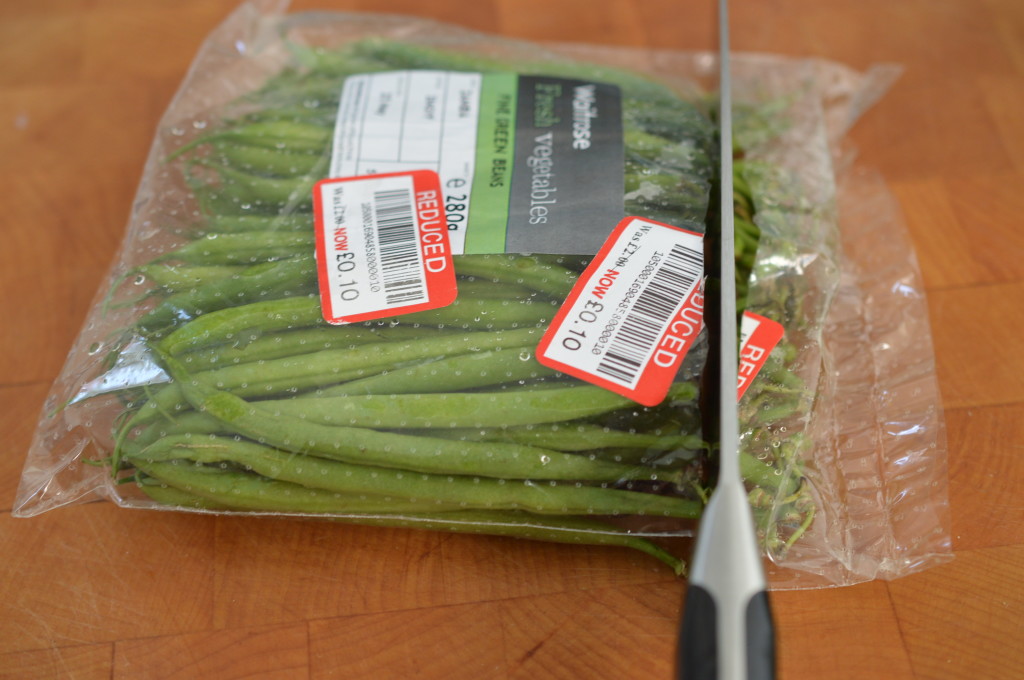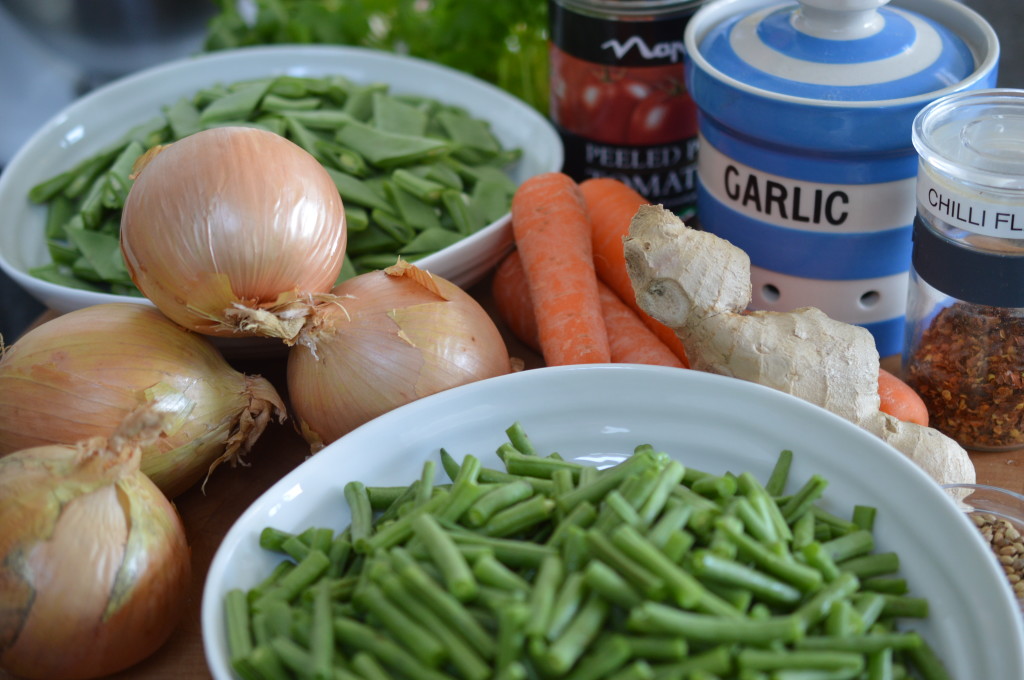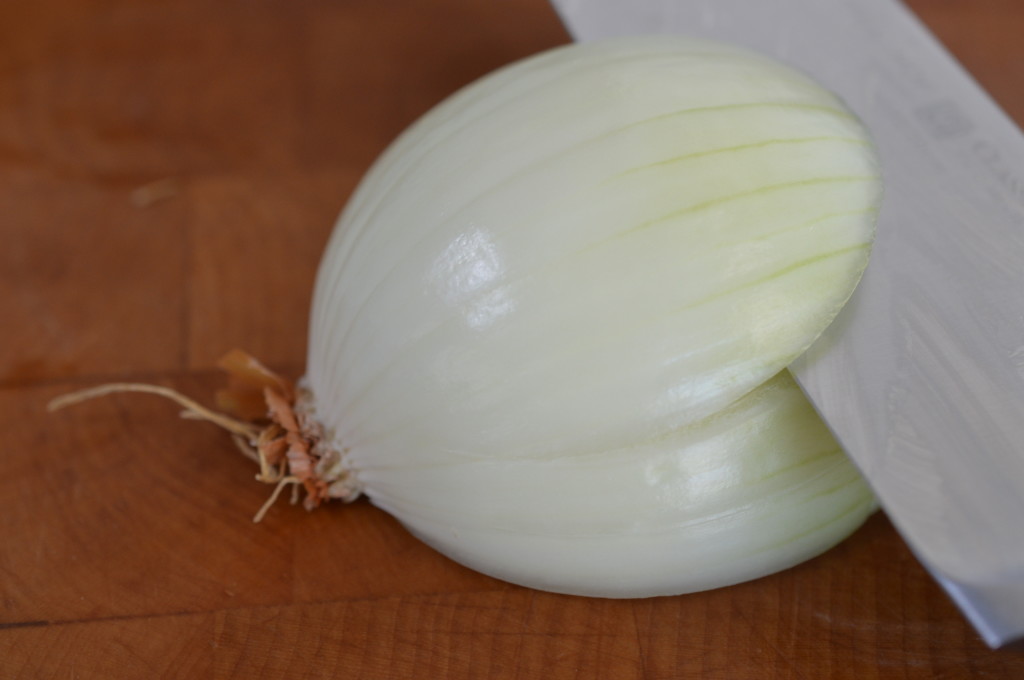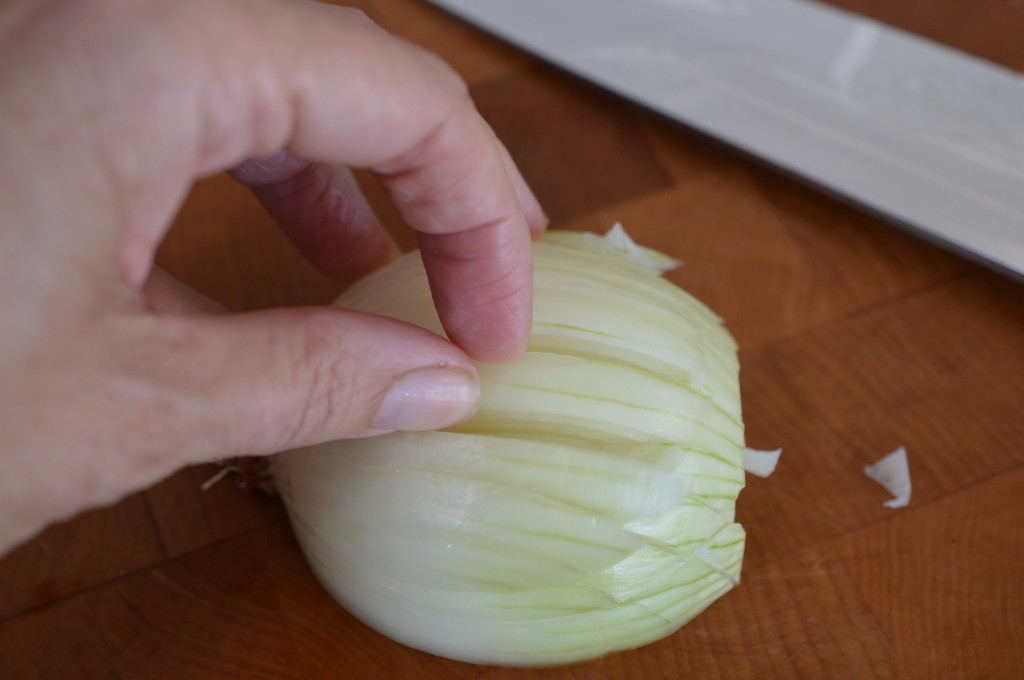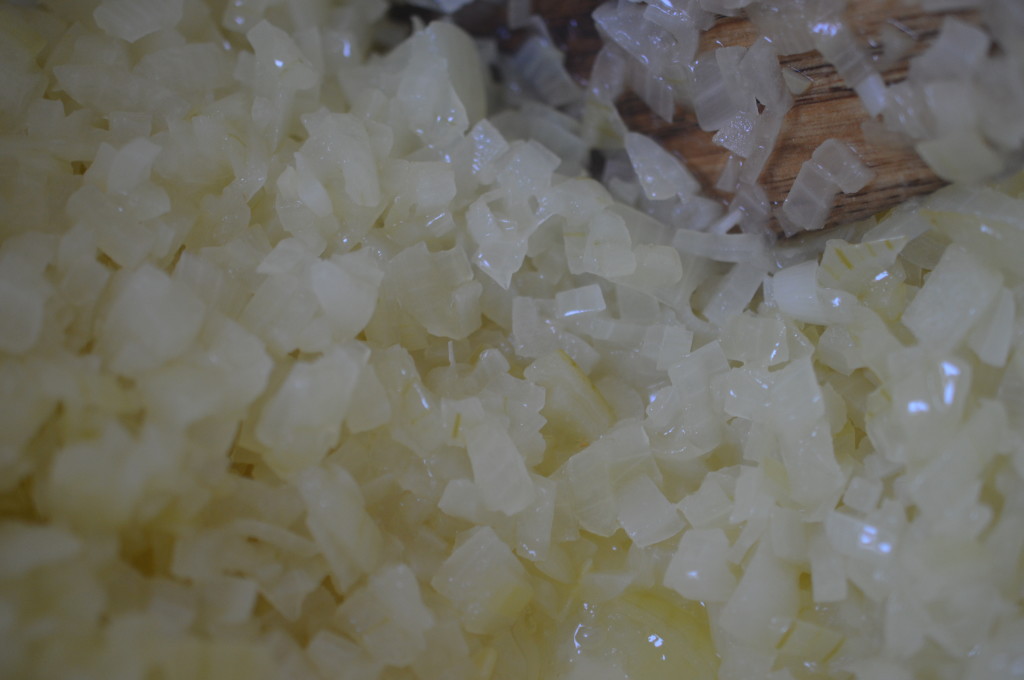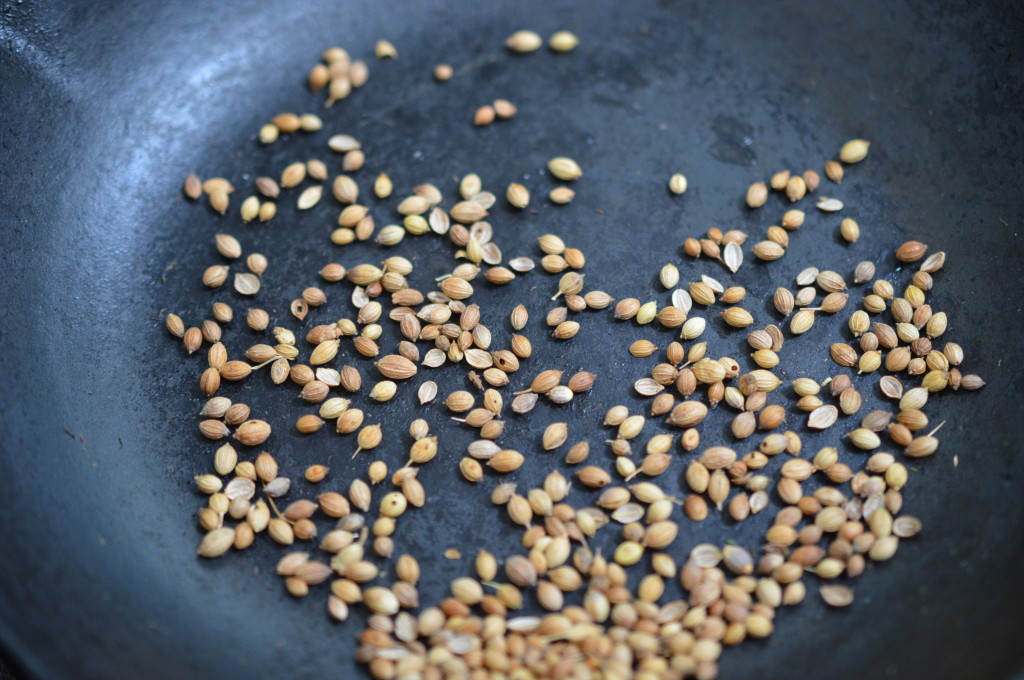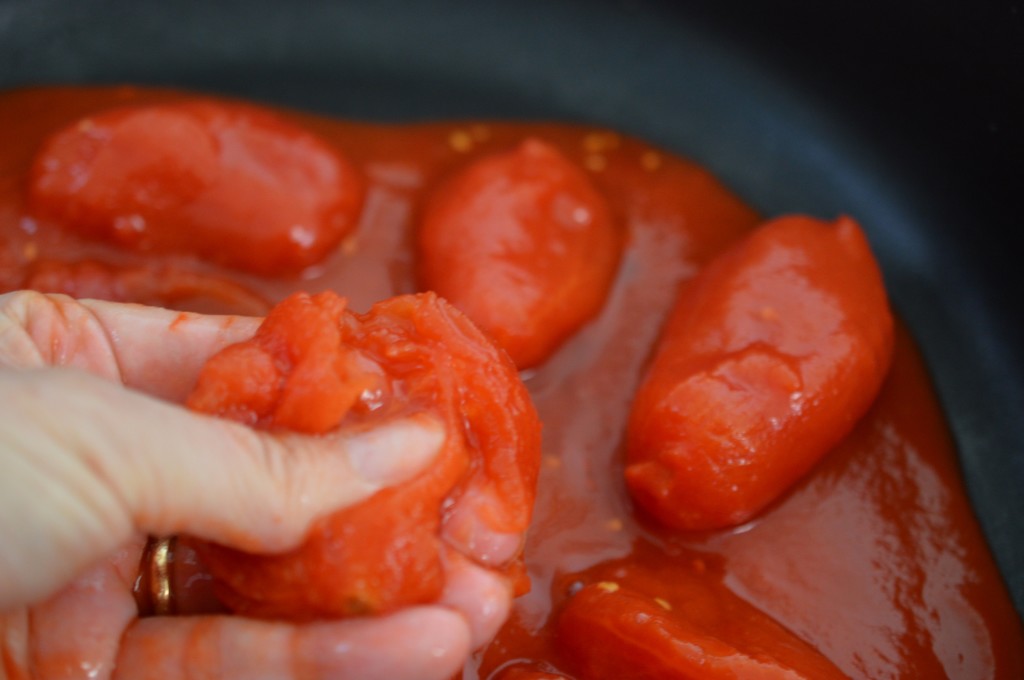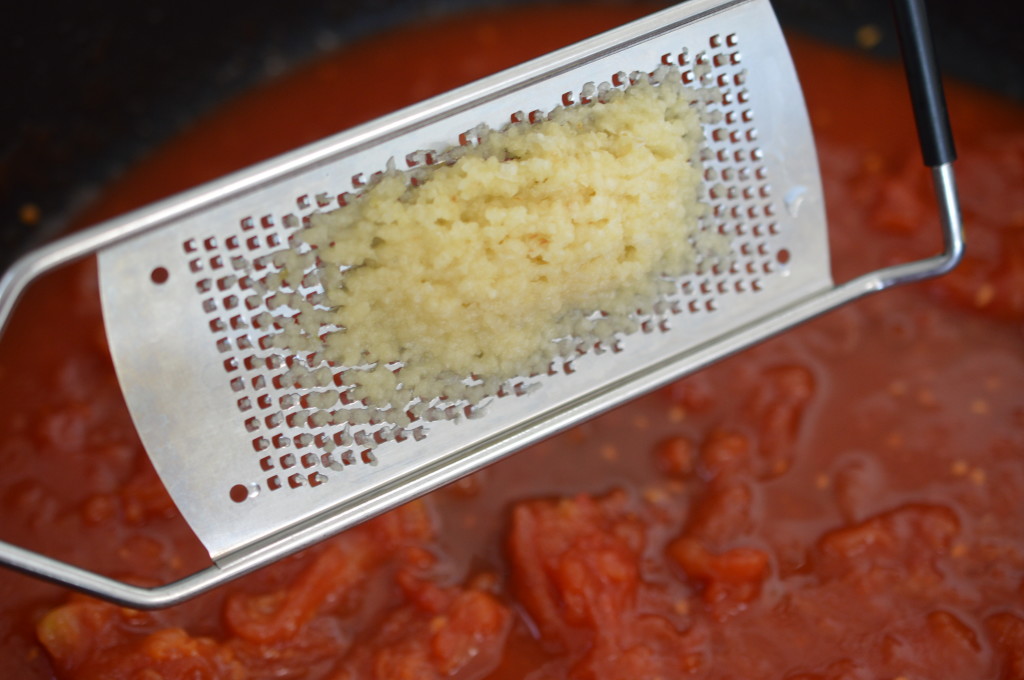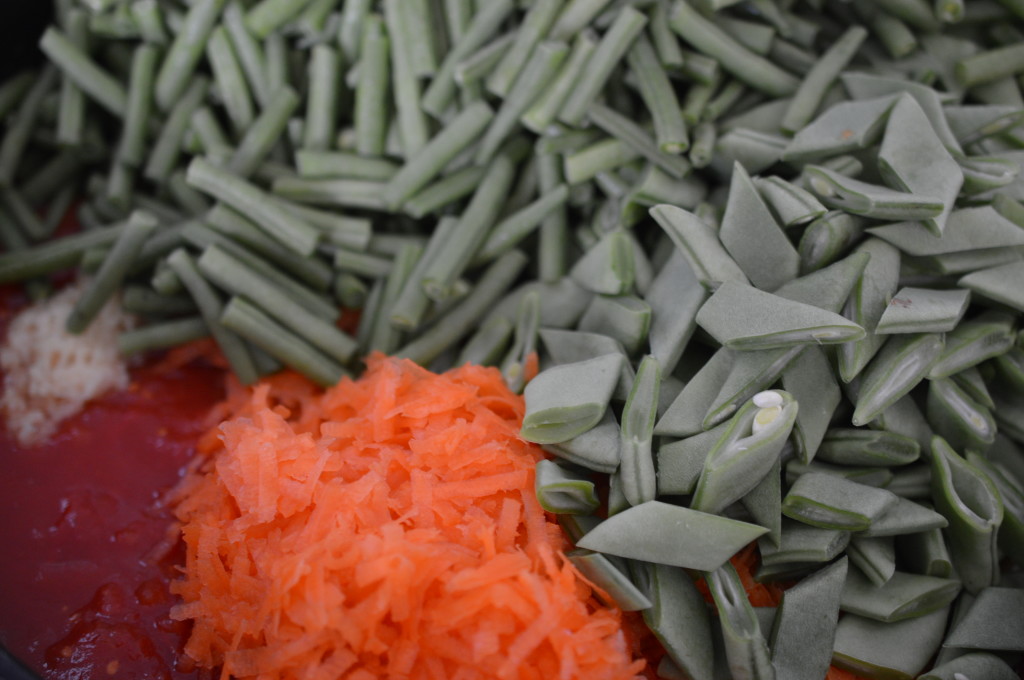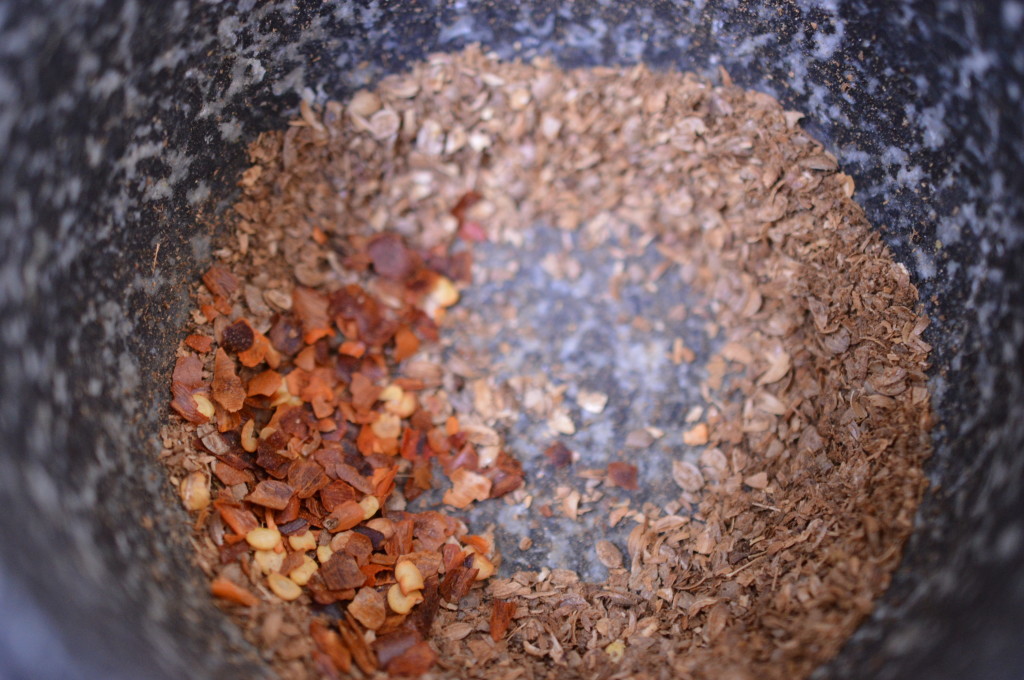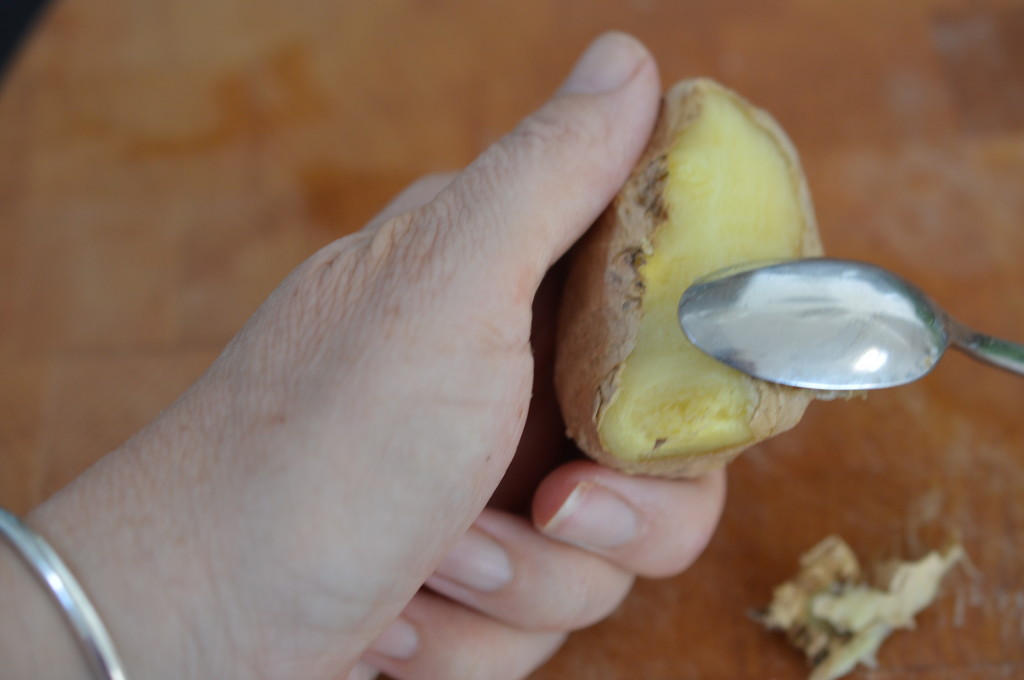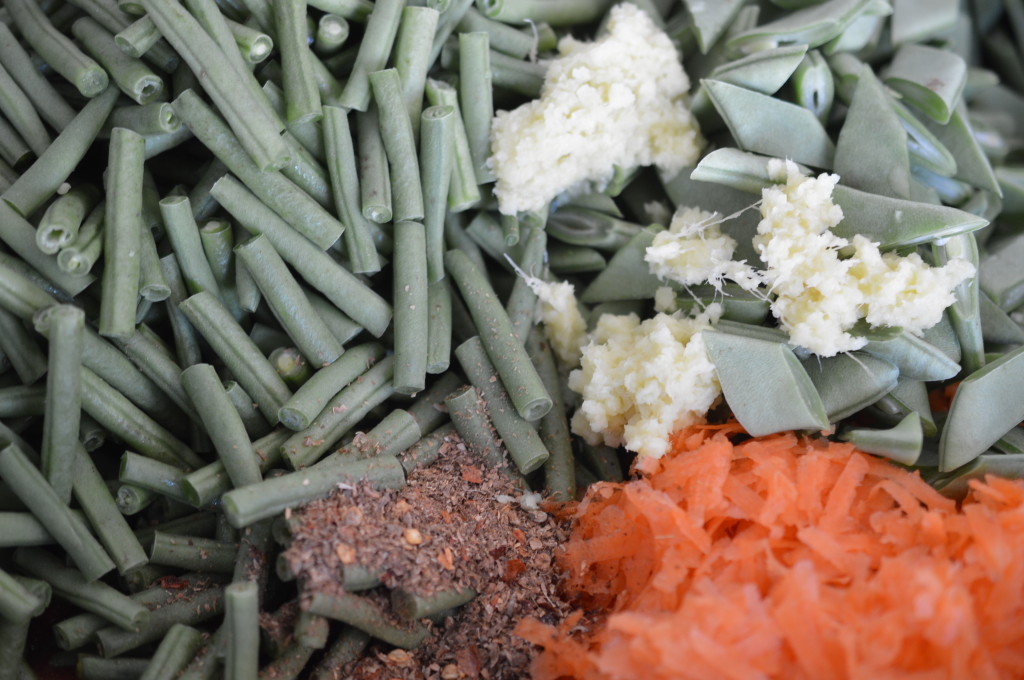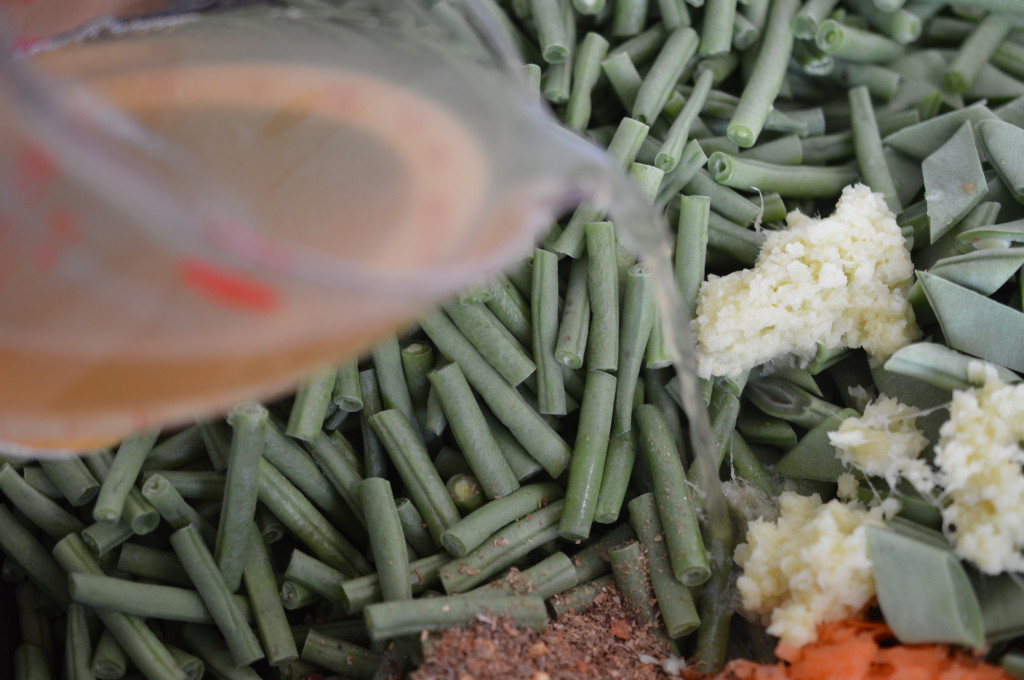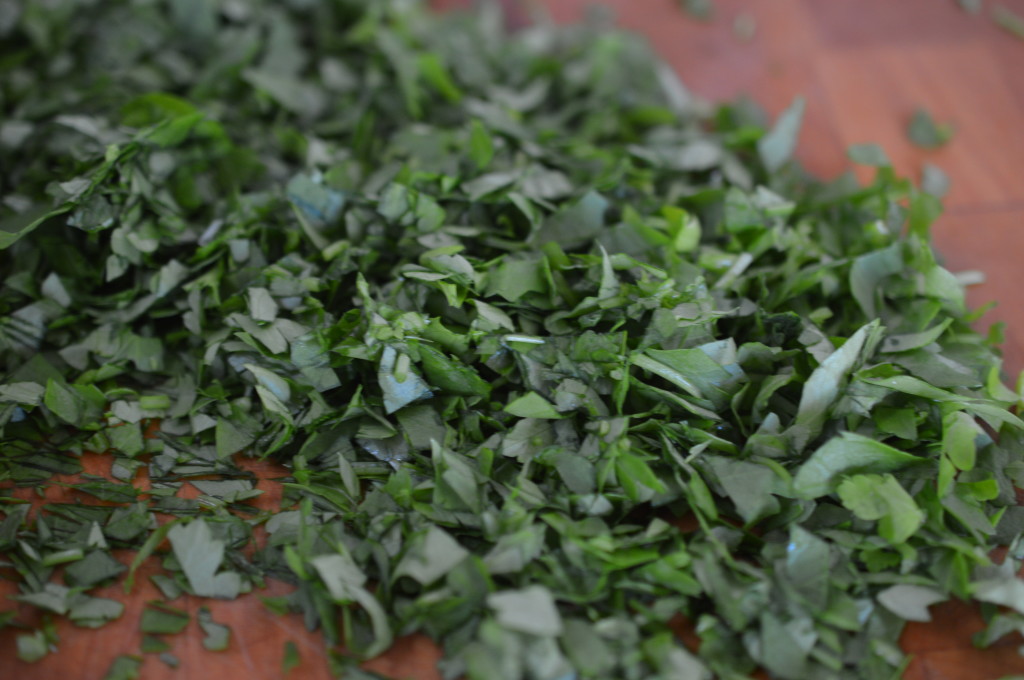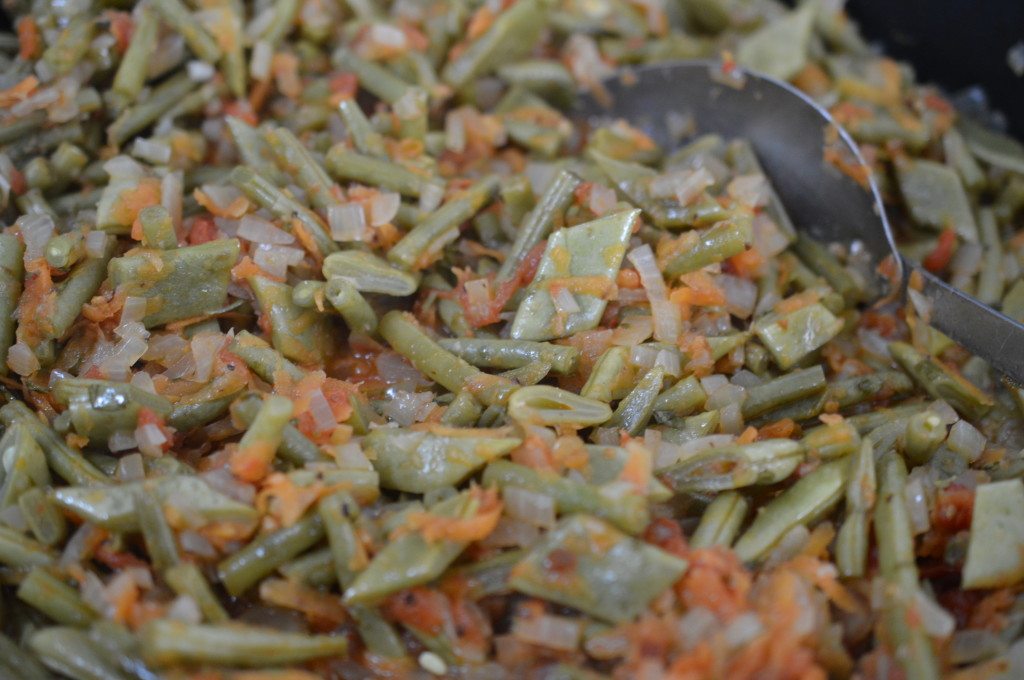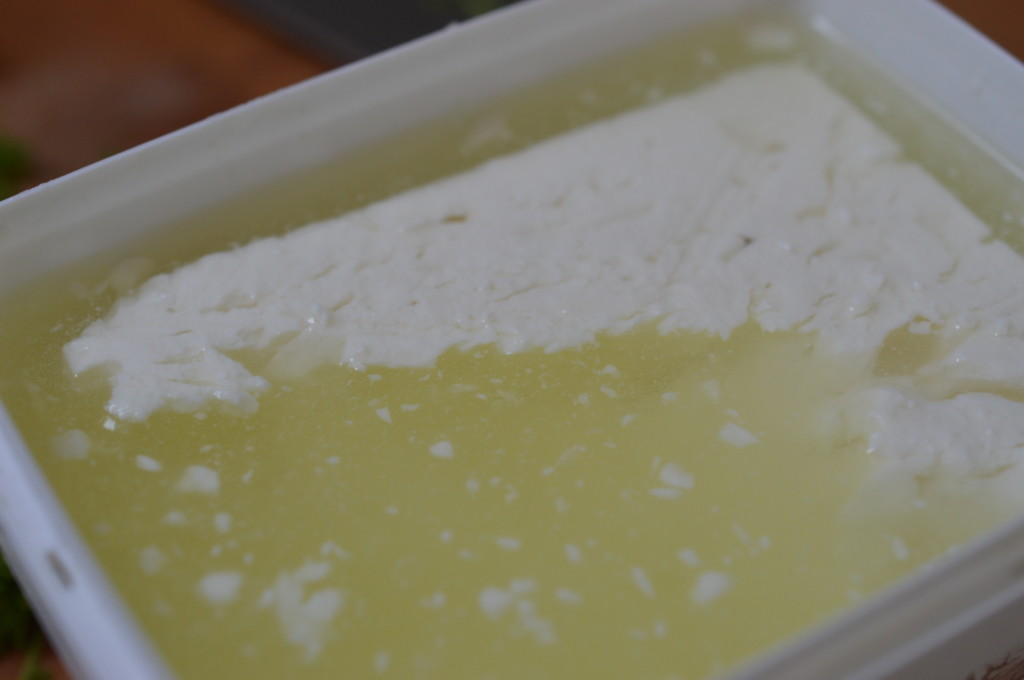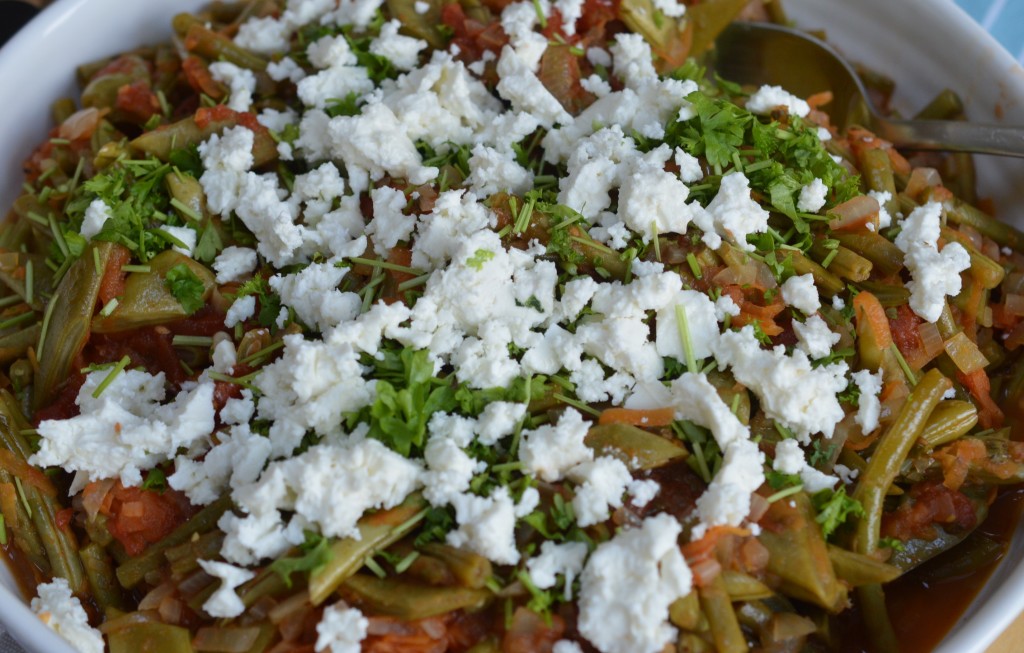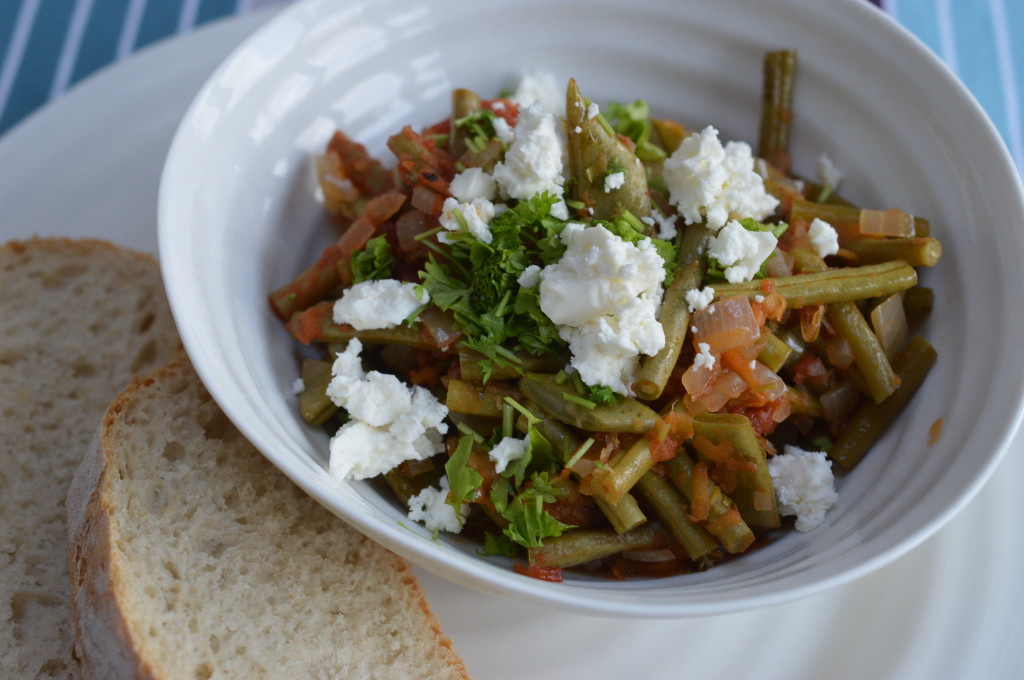Greek-Style Tomato Salad
This is just one of many, many tomato salads I make over the course the summer. I love them. It probably has something to do with the Sunday afternoon trips down my Grandad Dowton’s crazy paved garden path to pick tomatoes from his greenhouse. Always supervised. (It wasn’t, you must know, the kind of garden you were allowed to play in. Wide flower beds were planted, Victorian style, with high maintenance bedding plants all lovingly raised from seed.)
I loved that strong, sweet smell of summer as you opened the greenhouse door. Then, my brother and I would giggle over the irregular shaped ones before being given a warm tomato each to eat on the way back to the kitchen.
This Greek-Style Tomato Salad isn’t anything my grandparents would have served. I’m not sure if they ever tasted feta cheese and I’m certain they didn’t eat olives.
When you think about it they wouldn’t have been brought up on tomatoes. The Victorians thought they caused illness unless you boiled them into submission. Tomatoes only became a regular part of the British diet during the food rationing of the Second World War when any source of vitamin C was a good thing.
For all we think we’re so much more sophisticated with our food choices now, supermarkets sell some tasteless tomatoes. On the vine or off it, they’re picked green and left to ripen. I’m not convinced it’s worth paying the extra money charged for the on-the-vine sort and am absolutely certain there’s no point buying anything that has been transported miles in refrigerated storage units.
Mine came from a local farmers’ market, but the best tomatoes of all are the ones you grow yourself. Second best, are the excess garden produce you sometimes see placed on tables by front gates.
Here’s the entire cast of characters of my salad, minus the feta which is still tucked in the fridge. I made this on 1 July and that was a record breaking warm day and my kitchen is South facing. It was hot.
The round salad tomato is fine. Don’t put them in the fridge and store root end down. I have absolutely no idea why that works, but stem end down keeps them better. When you come to use them, if there’s any decay you should throw the entire tomato away. No just cutting off the rotten bit.
For a salad like this, I like the skins off. Put a saucepan of water on to the boil and cut a shallow cross in the base end of the tomato. You’ll find it easier if you use a serrated knife – a bread knife is fine!
When the water is boiling, pop the tomatoes in for 30 seconds. 1 minute, tops.
Drain, then put the tomatoes into a bowl of cold water.
The skins peel off.
There they are.
Cut into quarters and slice out the core.
Then into bite sized crescents.
Season with sea salt and crushed black peppercorns. A little sugar will help sweeten if you’re not entirely convinced they’re sufficiently sun-kissed.
Then, cover and leave to ‘settle’ for an hour. I had a fly in the kitchen and spent the next ten minutes or so darting about the kitchen with a dampened tea towel in my hand. I got the blighter.
Wash, trim any straggly green bits and chop off the roots.
And slice.
Roughly chop a bunch of flat-leaf parsley.
Some fresh oregano, if you have it. Just the leaves and roughly chop.
I love olives. Like Globe Artichokes, I met them in my twenties and thought they were so sophisticated. Yes, I hated my first olive – but I worked at it. Now I pop them like sweets.
These are Kalamata olives and I buy them stone in. You don’t need a fancy olive stoner. I just cut mine in half and ease any stubborn stones out with the tip of my knife.
When it’s time to serve, start layering everything up. Add the spring onions.
Parsley, oregano and olives.
Not all feta is equal. I look for barrel-aged feta made from sheep or goat milk and buy in a block which I store in brine. (The best feta I’ve ever eaten was made at home by a Greek lady living in London, so under EU rules I’m not even sure she could call it feta.)
If you want to tone down the salty edge, you can soak your feta block in a half milk/half water for an hour.
Crumble in the feta and dried oregano.
Add olive oil, lemon zest and the juice of a lemon.
Give everything a mix. Eat.
Serves 8
- 12 ripe tomatoes, skinned
- Sea salt and cracked black peppercorns
- 1 tsp of sugar, optional
- 8 spring onions, including the green ends, finely sliced
- Bunch of fresh flat leaf parsley, roughly chopped
- 2 tablespoons of fresh oregano, leaves only, roughly chopped
- 20 Kalamata Olives, stoned
- 150g/5oz feta cheese
- 4 tablespoons dried oregano
- 12 tablespoons of cold-pressed Greek olive oil
- Grated zest and juice of one unwaxed lemon
Core the tomatoes and cut into bite-sized crescents. Arrange on a serving plate and sprinkle over sea salt and crushed black peppercorns. Sugar, if needed. Cover and leave for 45 minutes – 1 hour.
When you are ready to serve, sprinkle over the chopped spring onions, chopped parsley, chopped oregano, stoned olive and dried oregano. Crumble over the feta. Add the lemon zest, olive oil and lemon juice.
Eat.
